In families, pharmacies, medical institutions, and even enterprises and institutions, with the increasing number of medicine types and growing management requirements, the use of large-capacity medicine cabinets is becoming increasingly popular. However, a large medicine cabinet does not mean that its management efficiency is high. Establishing a scientific, safe, and efficient medicine storage strategy is key to ensuring medication safety and work efficiency.
This article will focus on the core of "how to achieve the greater strategic value of large medicine cabinets", deeply analyze the skills and methods of efficient medicine storage, and help readers establish a practical and executable medicine management system.
1. Common pain points of large medicine cabinets
Although "the bigger, the more it can hold", in actual use, many institutions and families often encounter the following problems:
- Classification confusion, difficulty in finding medicines
- Common in home medicine cabinets or non-standardized office medicine boxes, medicines are often stacked in disarray, making it difficult to locate them quickly when needed.
- Expired medicines are not noticed.
- There are many medicines and different batches, which can lead to some drugs expiring without being noticed, resulting in waste and even safety hazards.
- Repeated purchases and unclear inventory
- The lack of precise record management results in repeated purchases of similar drugs, which increases costs and reduces sputilizationtion efficiency.
- Delayed emergency response
- When drugs need to be taken quickly, the lack of a clear drug layout and labelling system leads to delays in emergency treatment.
2. Basic principles for formulating a strategic drug storage system
To maximise the functionality of the medicine cabinet, it is not just about "organ-organizing but about building a strategic drug storage system. The following principles are the core:
1) Clear divisions and scientific classification
Drugs should be stored in different areas according to their functions, frequency of use, and storage conditions. For example:
- Cold and fever drugs
- Gastrointestinal system drugs
- External first-aid drugs
- Prescription and over-the-counter drugs (OTC)
- Drugs for special populations (children, older people)
2) Unified identification for easy management
Each layer or box should be labelled, including the category, drug name, expiration date, and other relevant information.
3) High frequency first, reasonable location
Commonly used drugs should be placed in the middle of the cabinet or at the front of the operating area for quick access. Low-frequency drugs can be placed on the upper floors or in the backspace.
4) Combination of fixed and mobile partitions
Regular drugs (long-term reserves) and temporarily transferred drugs (such as seasonal drugs) need to be stored in different areas to avoid confusion.

3. Specific storage tips
The following provides specific operation tips from physical layout to environmental control:
1) Use transparent partition boxes and drawer-type storage
The transparent partition box allows for clear viewing of the drugs at a glance, and the drawer-type structure is convenient for layered filing, reducing confusion caused by searching.
2) Set up a colour identification system
For example, red represents emergency drugs, blue represents conventional drugs, and green represents children's medications, among others, to enhance visual recognition efficiency.
3) Light-proof, moisture-proof, and constant temperature control
Drugs should be stored away from light to prevent deterioration caused by humidity or temperature fluctuations. Use desiccant or intelligent temperature and humidity monitoring equipment when necessary.
4) Add a "near-expiry drug area"
A special area is used to store drugs that are about to expire, and a monthly inspection system is established for regular cleaning.
4. Digital tools assist strategic management
If the number of drugs exceeds 50, it is recommended to introduce digital tools for auxiliary management:
1) Drug management app or spreadsheet
Record drug name, quantity, purchase date, expiration date, usage notes and other information for easy reference and statistics.
2) Barcode/QR code system
Add a code to each box of drugs, scan to view inventory and expiration information, and realirealizermation management.
3) Automatic reminder system
Set expiration warnings and insufficient inventory reminders to improve management initiatives and avoid "forget to use and repeat purchase".
5. Safety protection is the strategic bottom line
No matter how efficient it is, safety always comes first:
- Child protection locks: The family medicine cabinet must be equipped with a safety lock to prevent children from accessing potentially harmful substances.
- Avoid cross-contamination: External and internal medicines are stored in separate cabinets, and health products and prescription drugs are clearly labelled and separated.
- Avoid using unlabeled drugs: If the packaging is damaged, the label is unclear, or the source of the drug is unknown, it should be disposed of immediately.
6. Build a continuous maintenance mechanism
Sorting out medicine cabinets is not a "once and for all" thing but a continuous management process:
- A comprehensive inspection once a month, clearing the validity period and updating the inventory;
- OptimOptimizestorage layout every quarter, adjust the partitions and labels;
- Conduct a frequency of use assessment every six months to identify and eliminate long-term unused medicines.
This can not only continue the sorting effect but also make medicine management more in line with actual use needs.
7. Conclusion: Efficient medicine storage is a strategic investment in health
A large medicine cabinet, if not systematically planned, will only bring chaos and hidden dangers. When you manage it through scientific classification methods, reasonable space layout, digital auxiliary tools, and long-term maintenance mechanisms, it is no longer a simple storage cabinet but the most important "first line of defence" in the health management system of a family or institution.
Storage is an extension of strategy; sorting is a guarantee of safety. Truly efficient medicine management moves from "large capacity" to "big strategy" and from "can be loaded" to "can be managed".

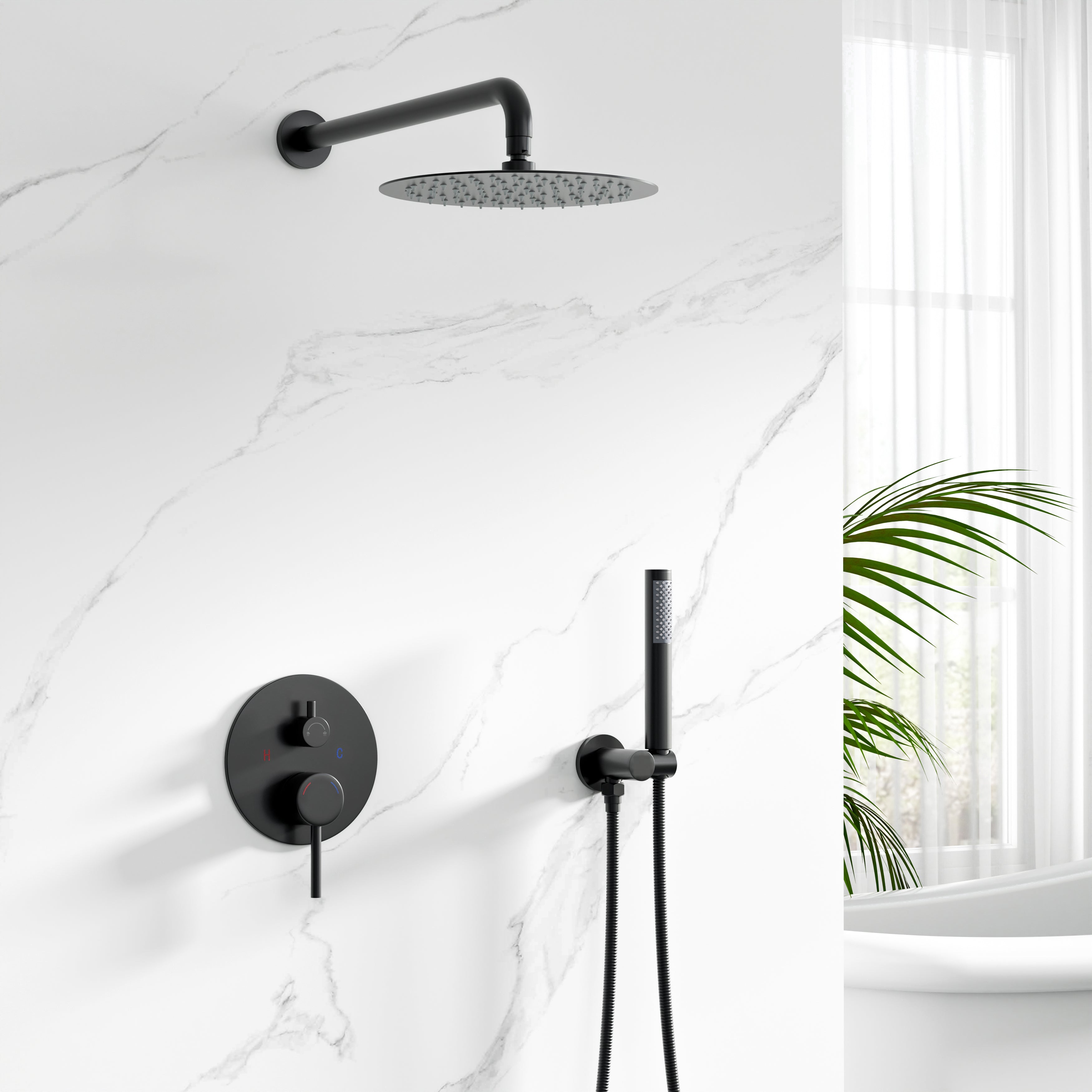
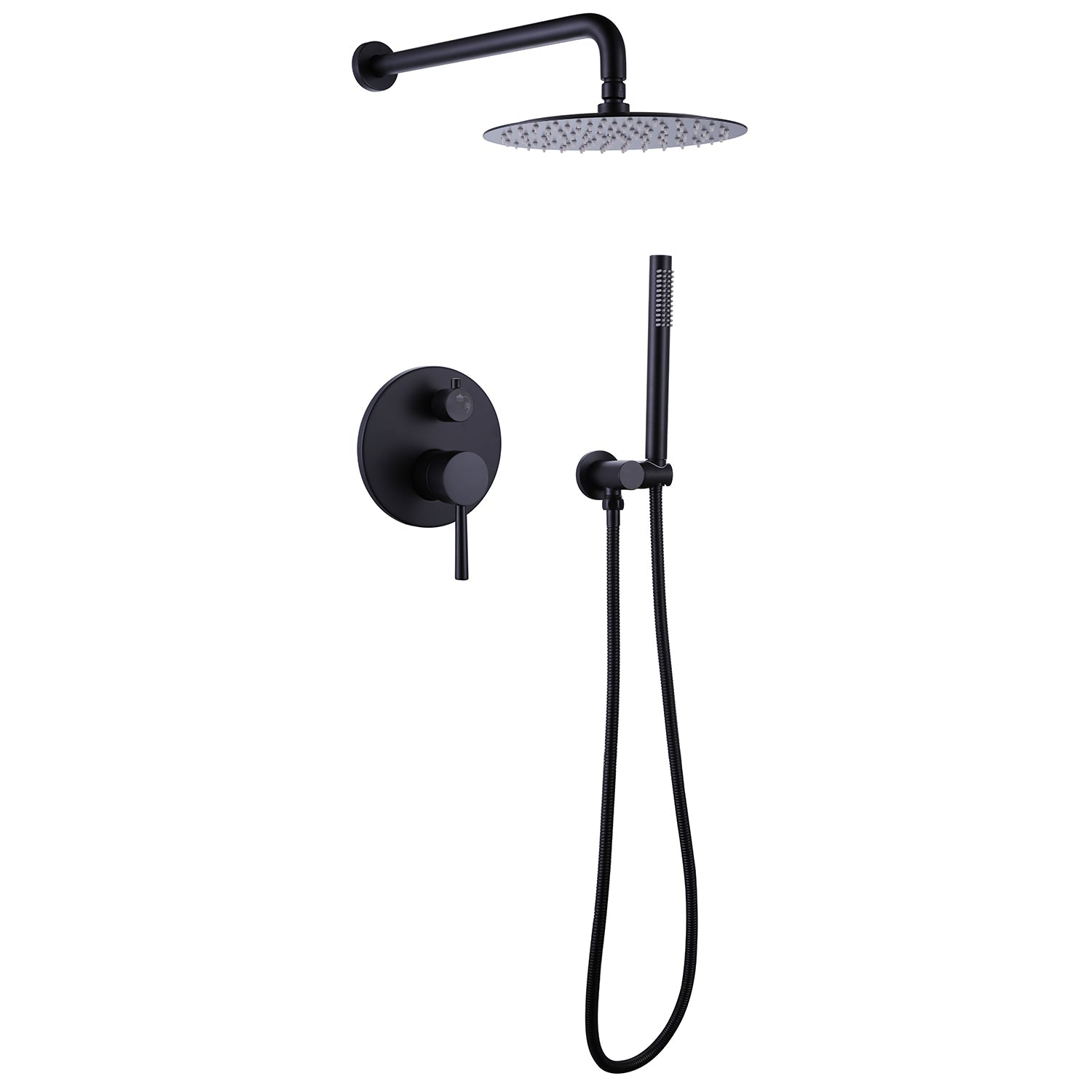


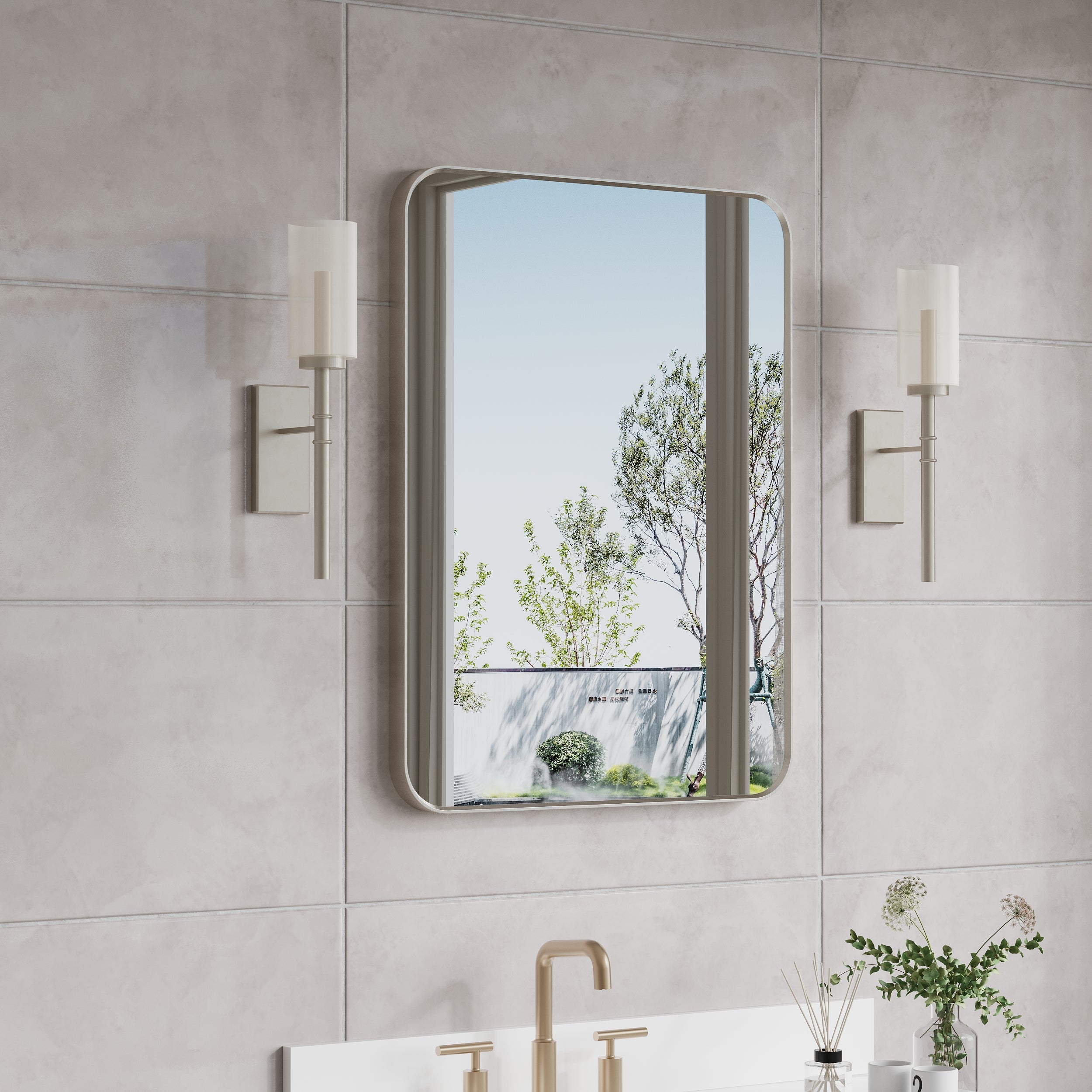
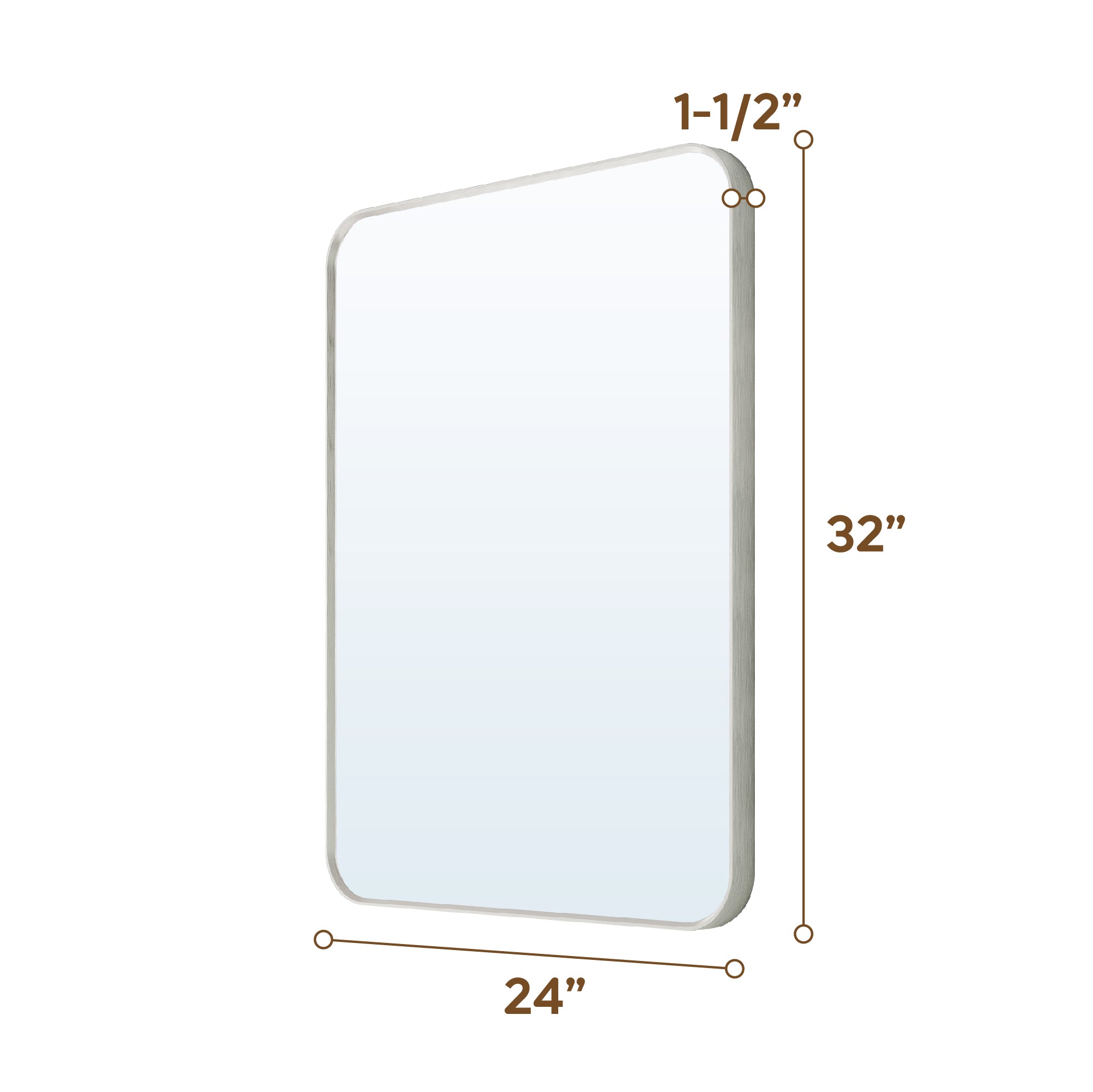

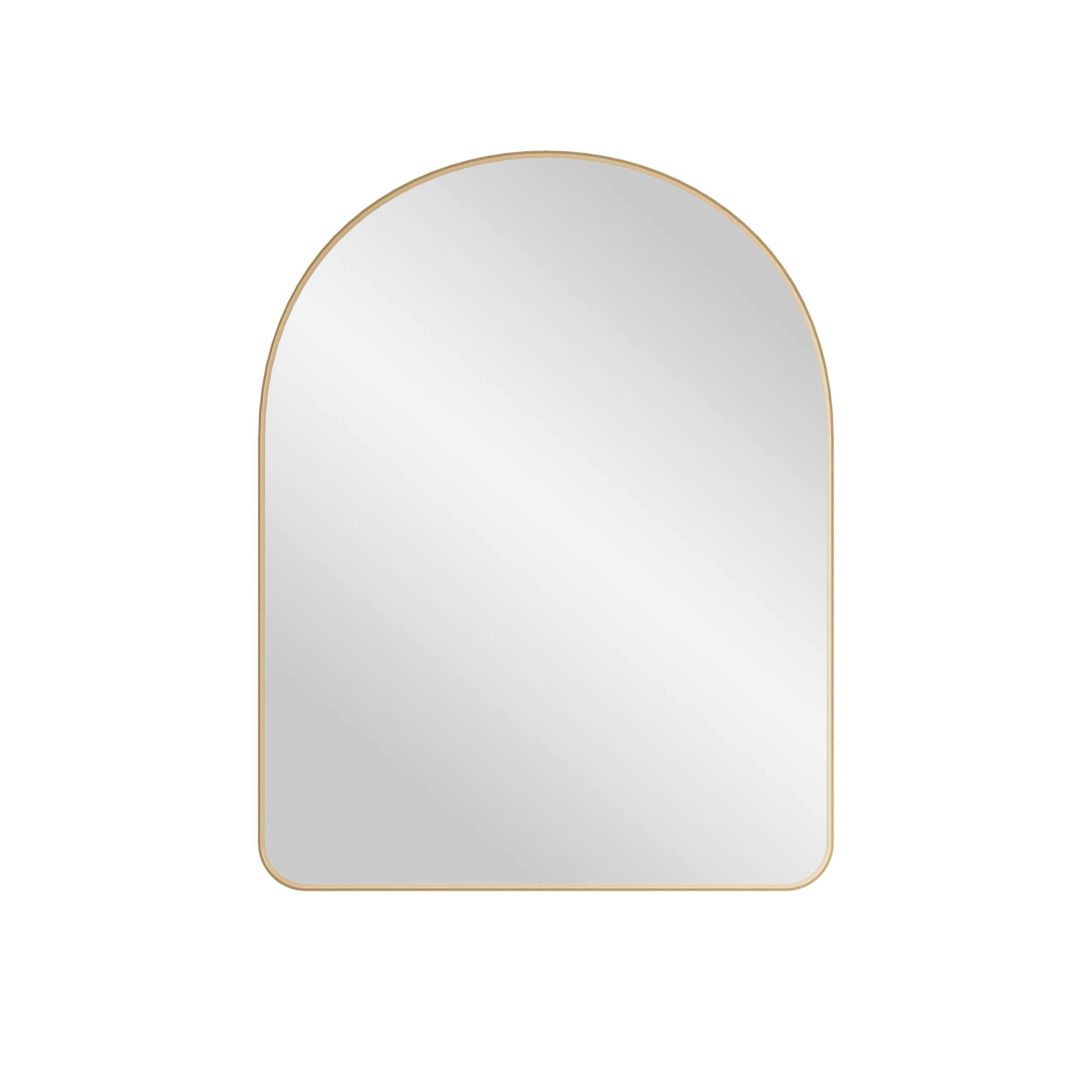

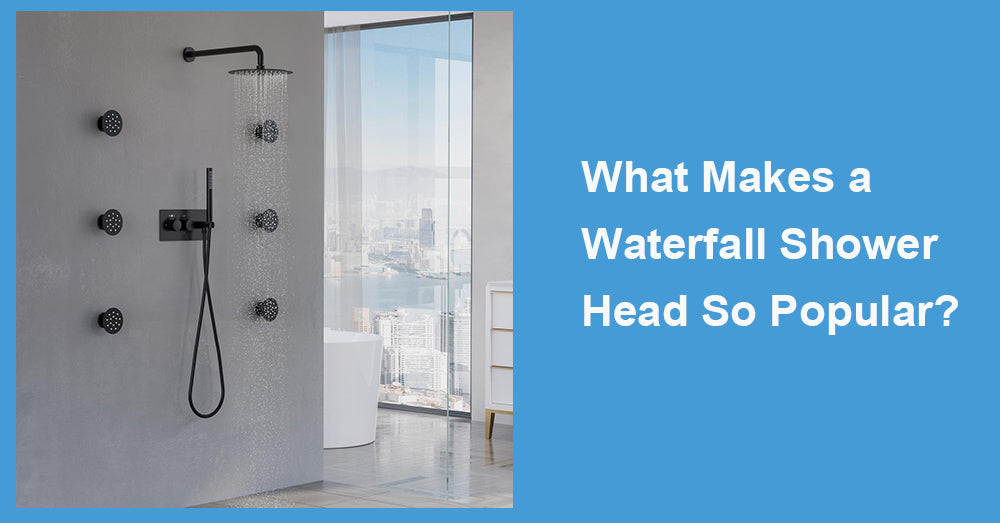

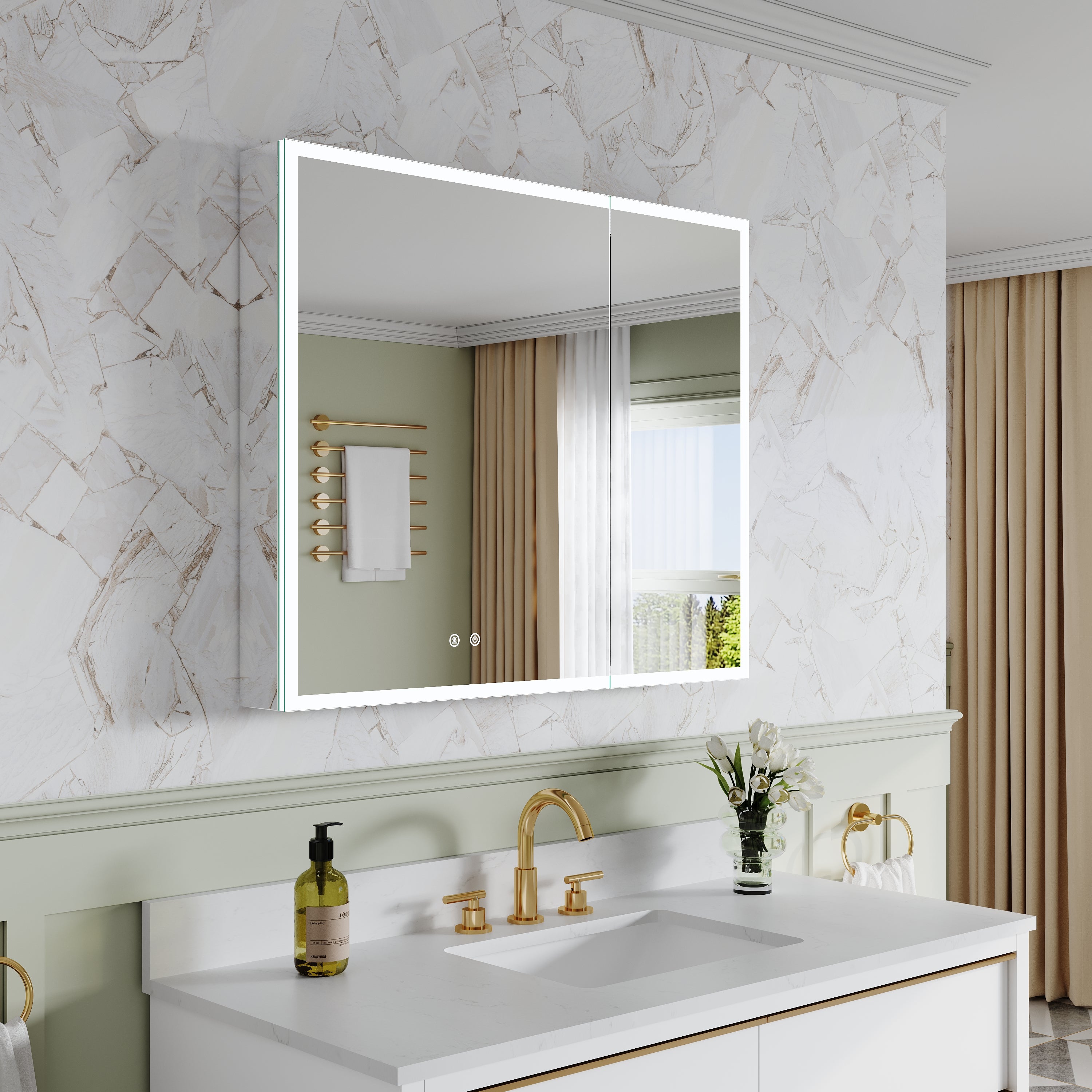
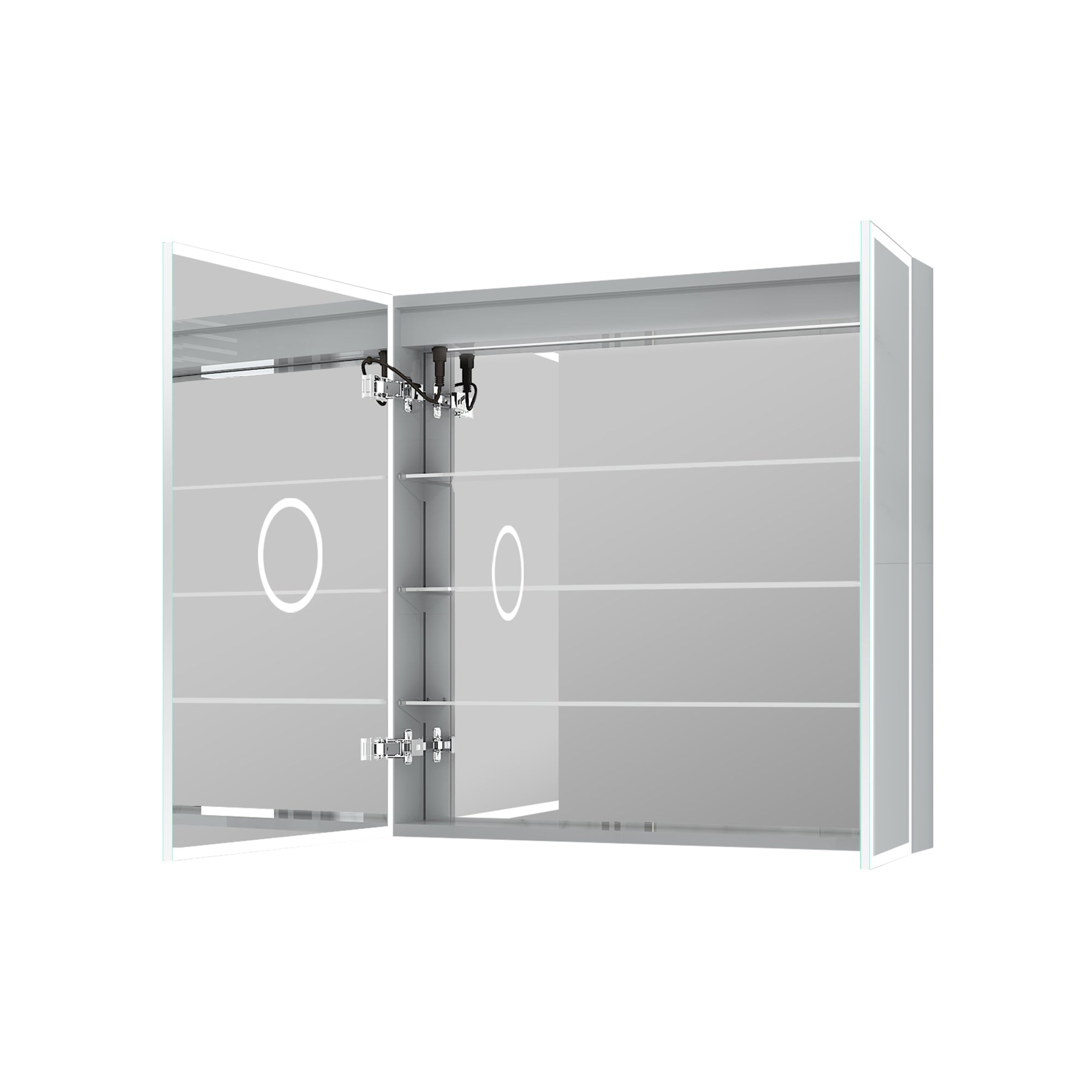
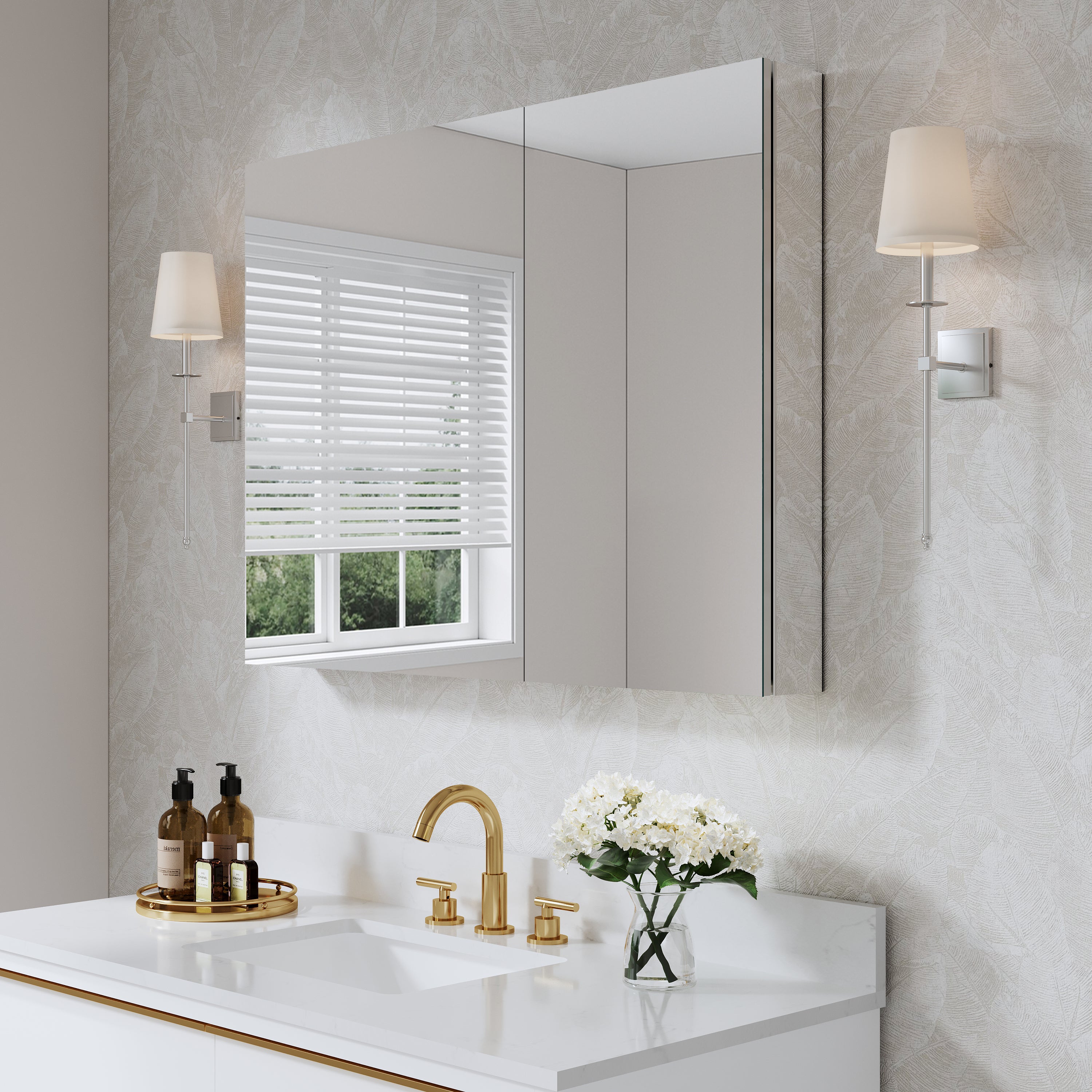

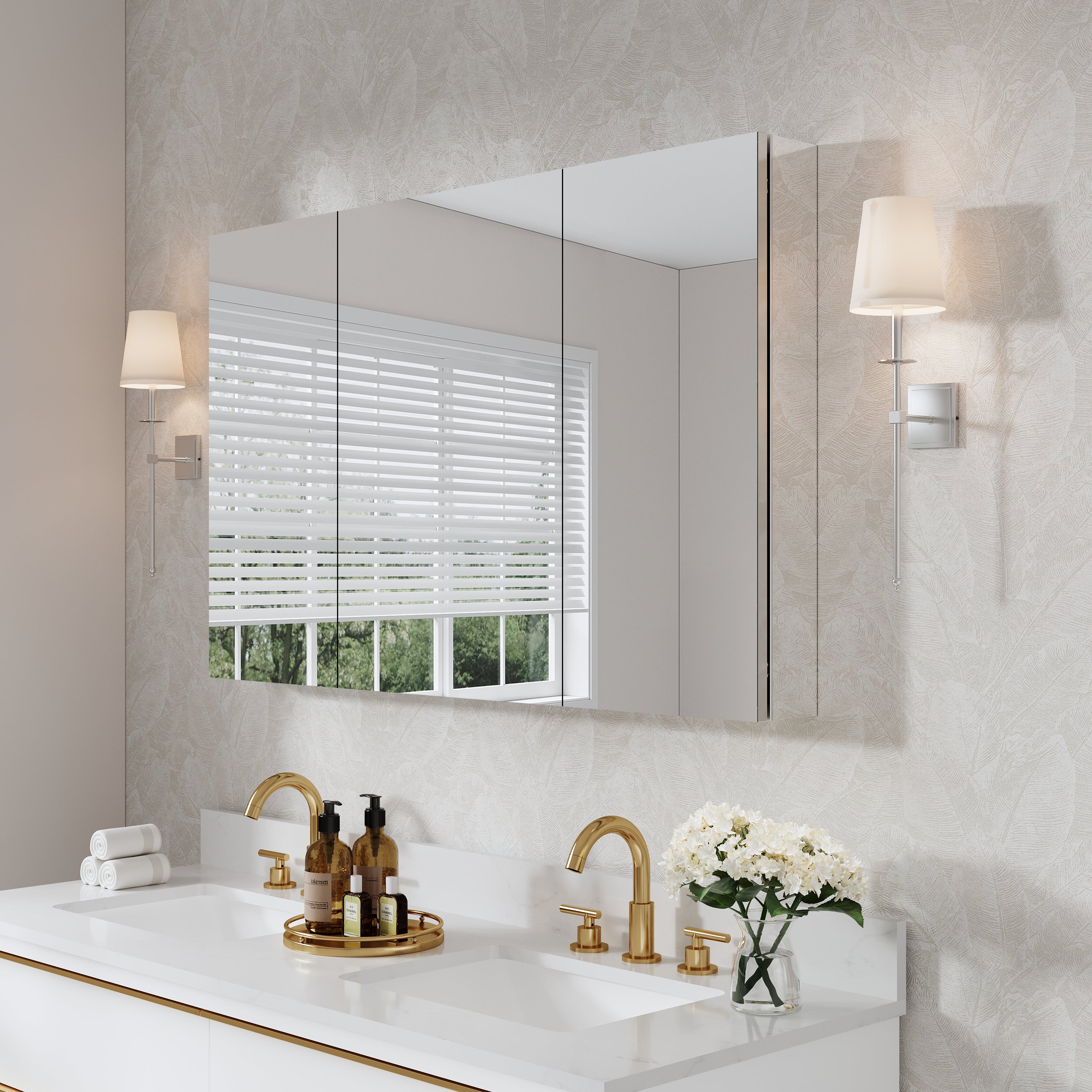
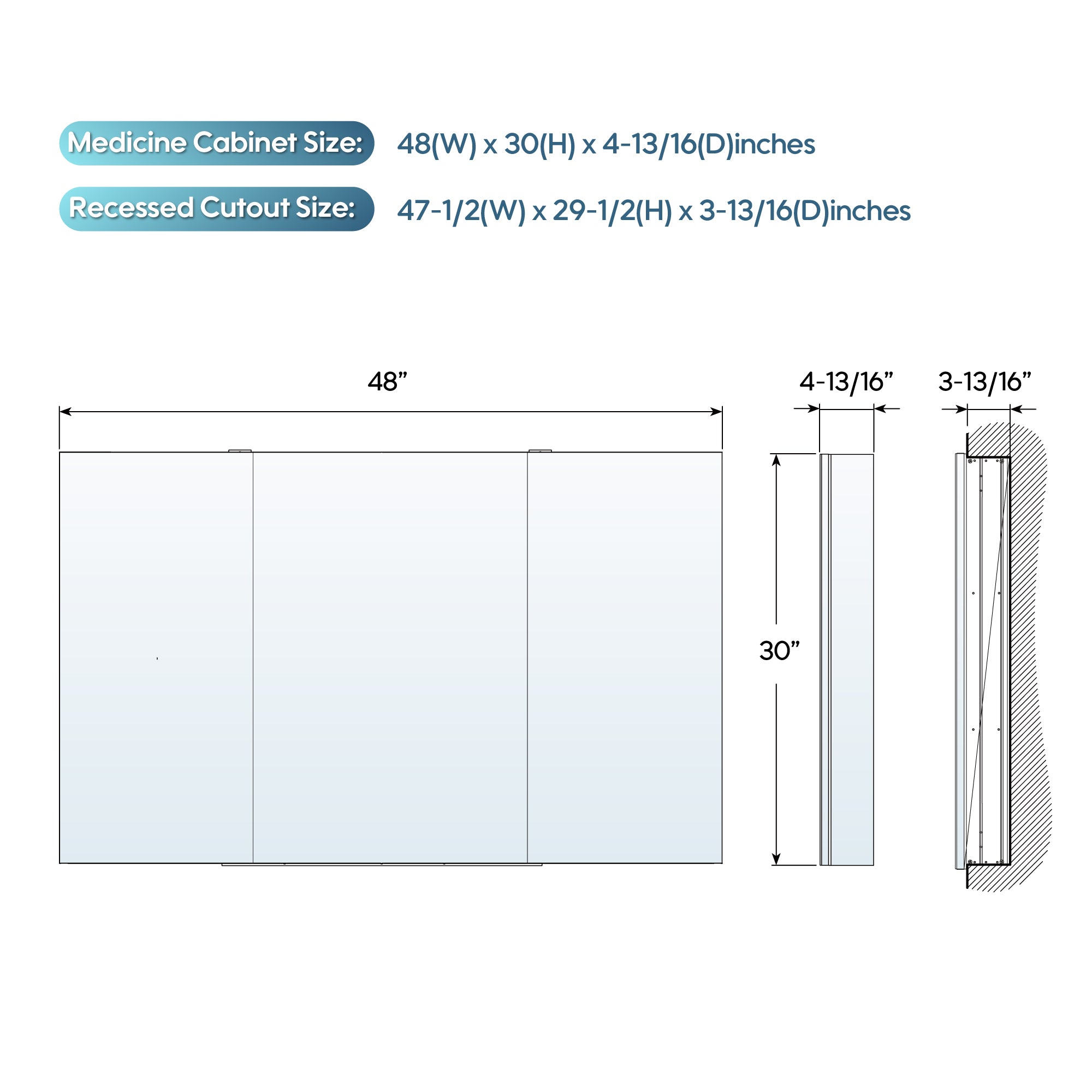
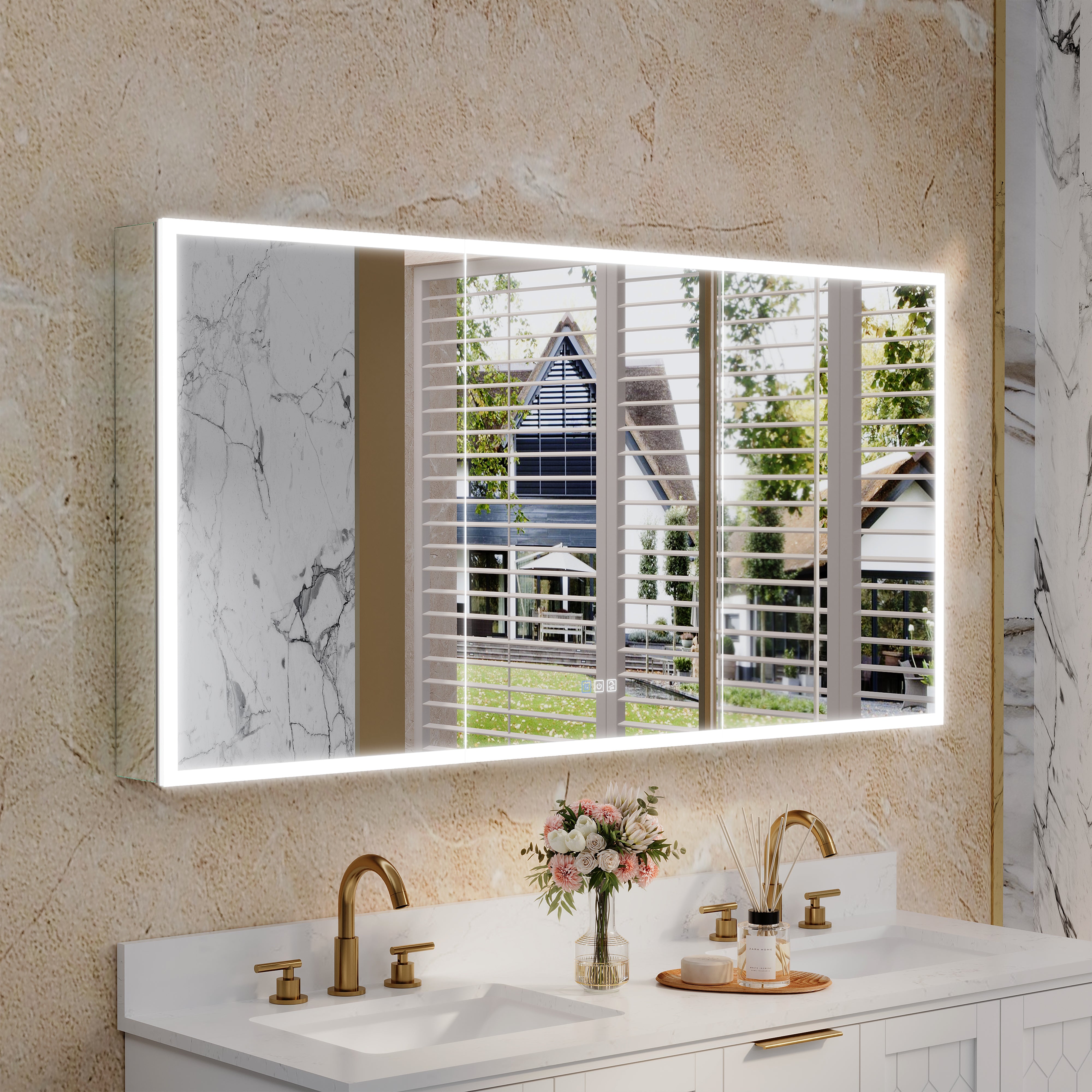
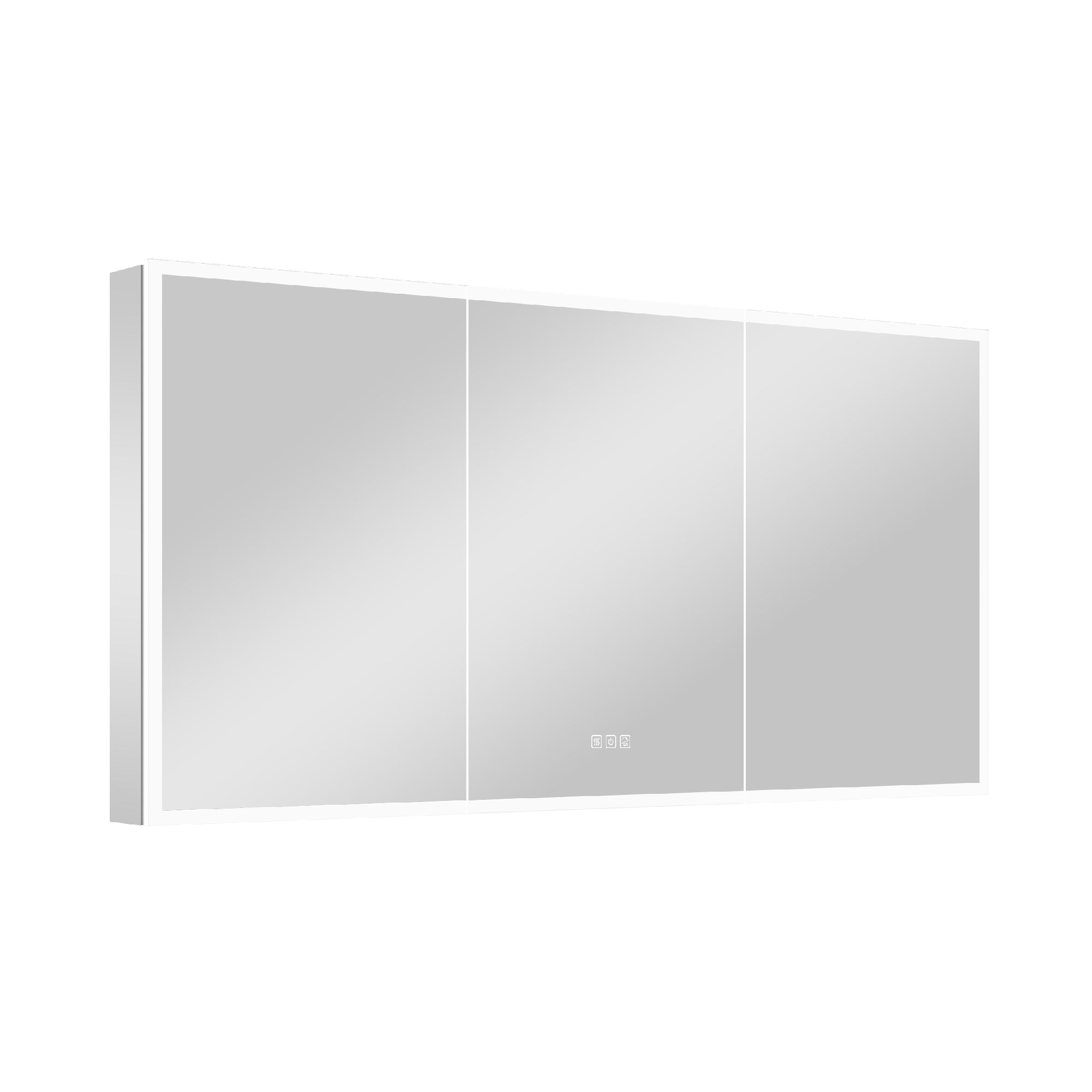
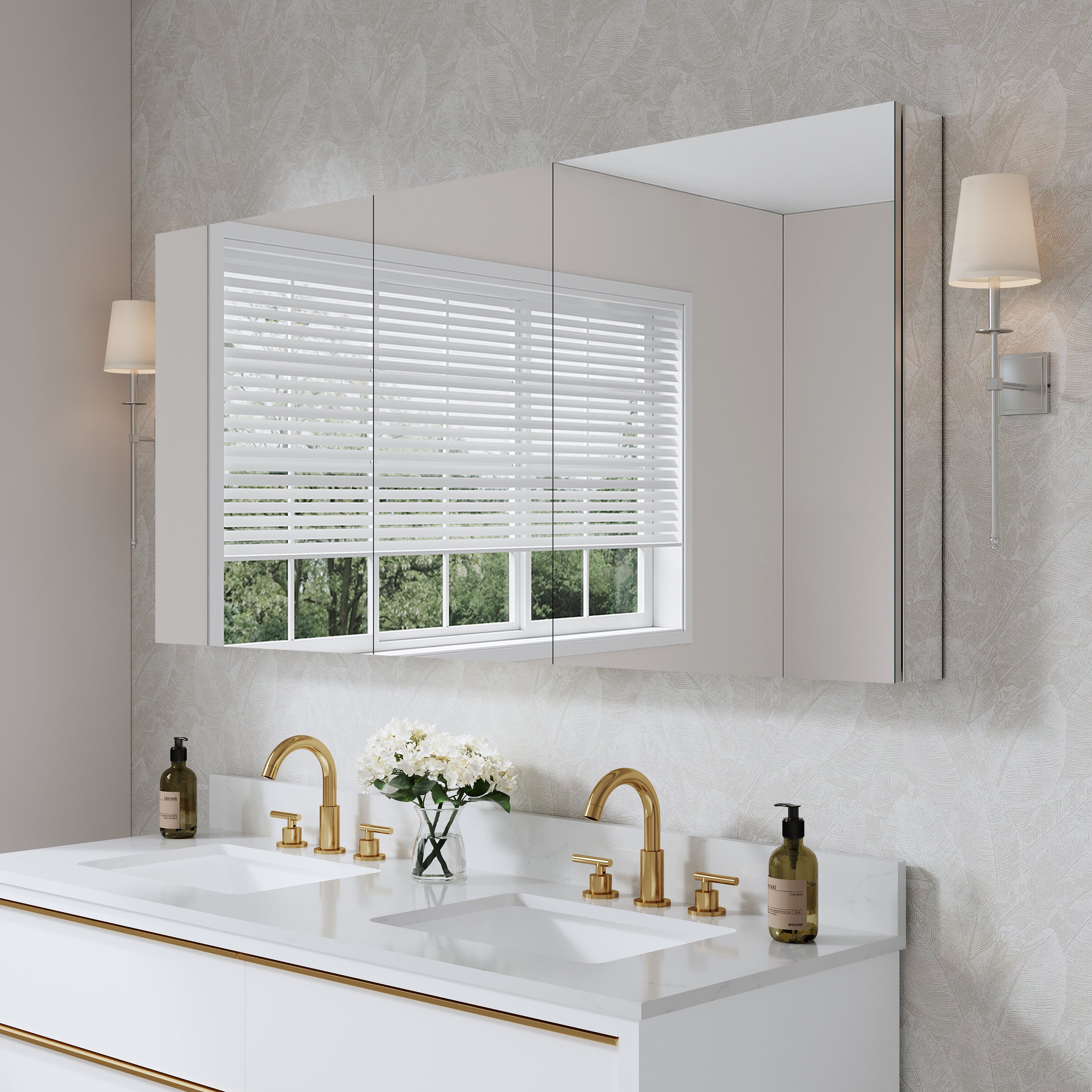

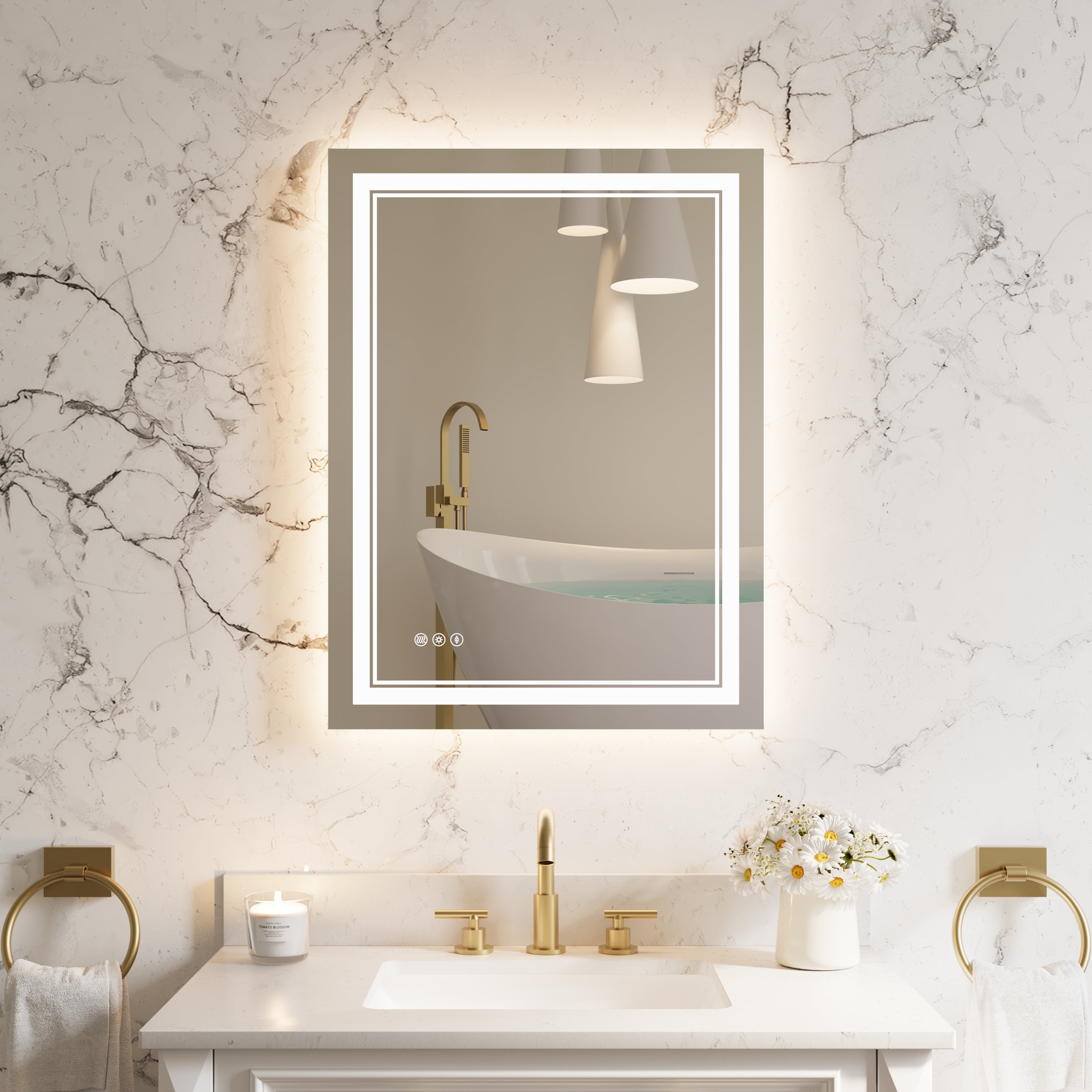
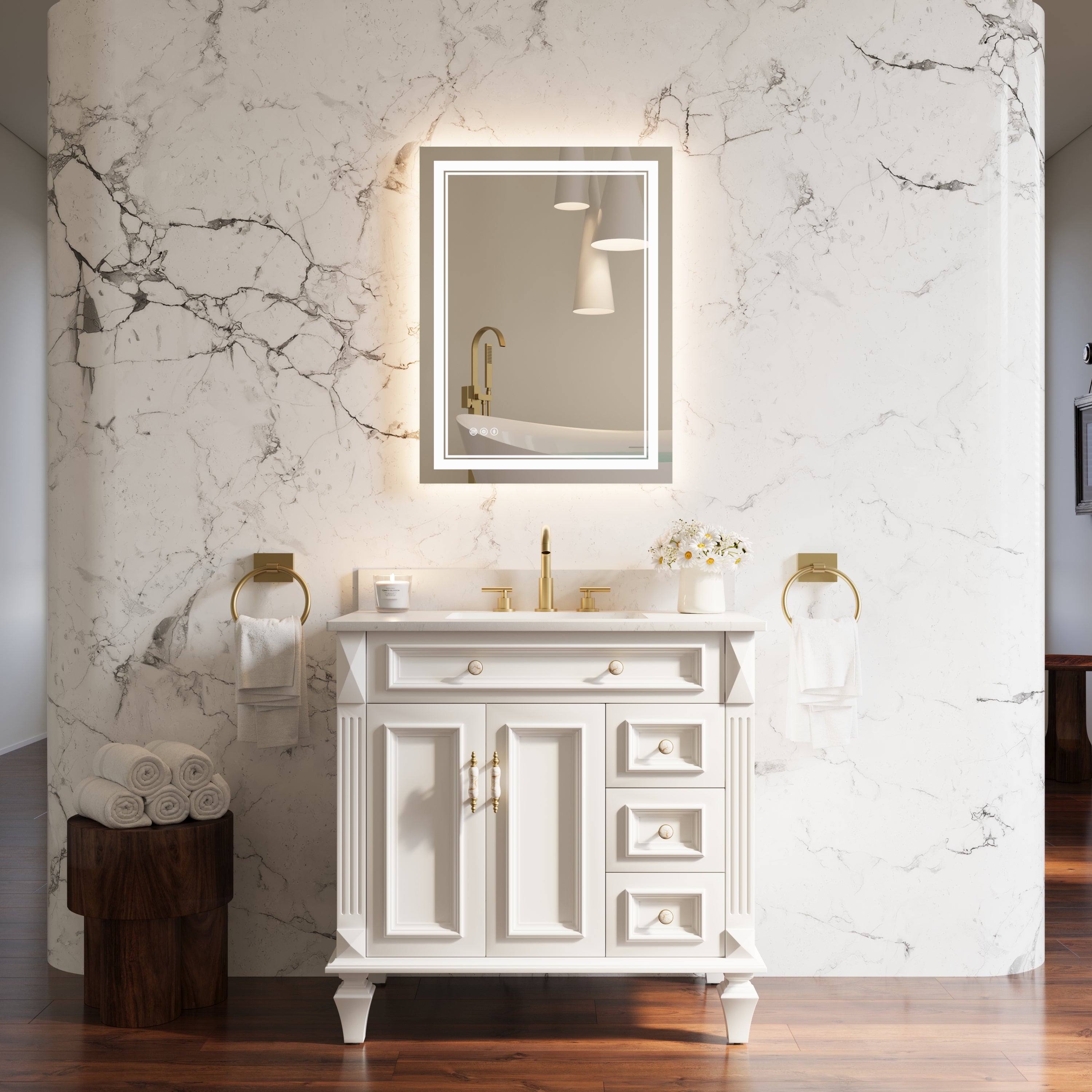
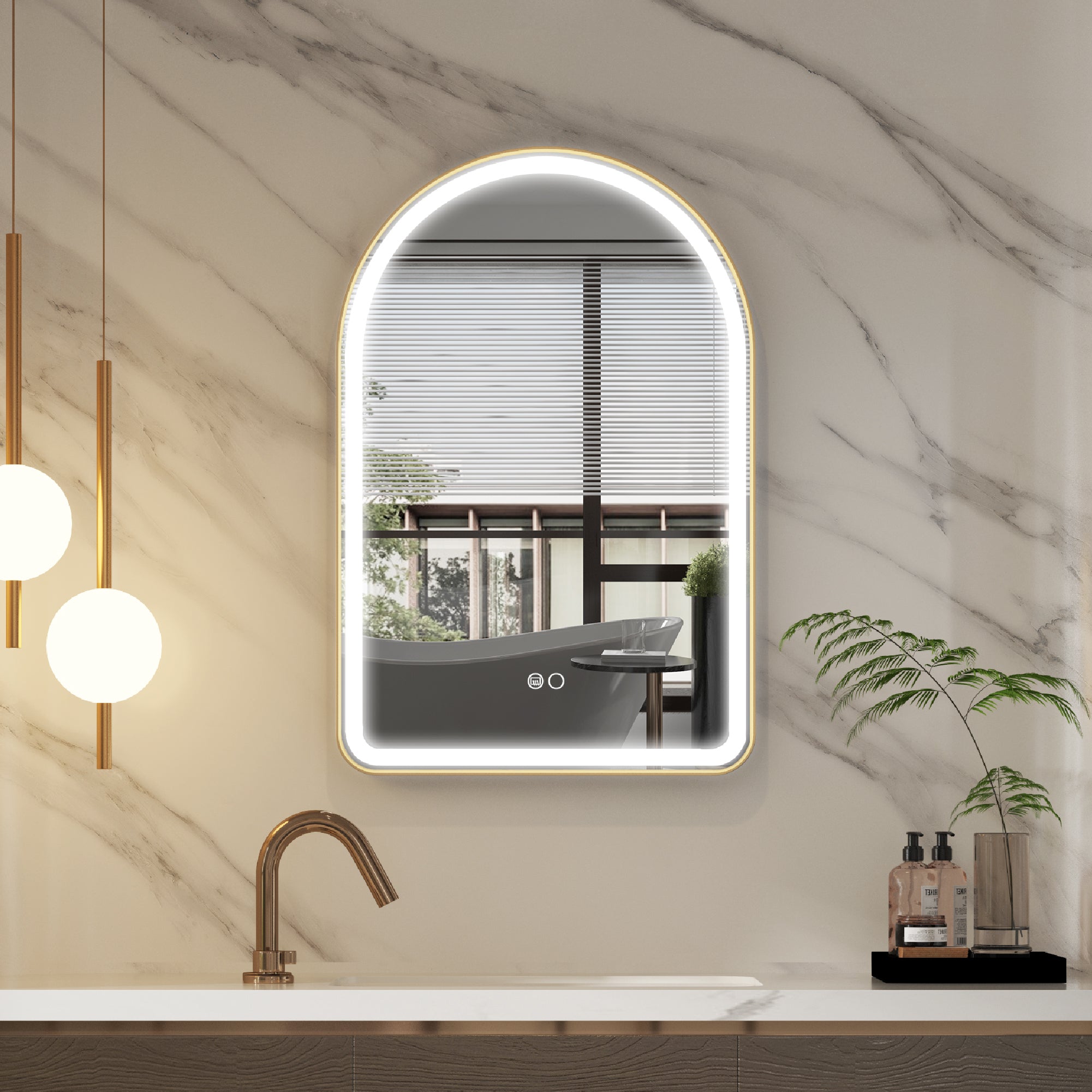
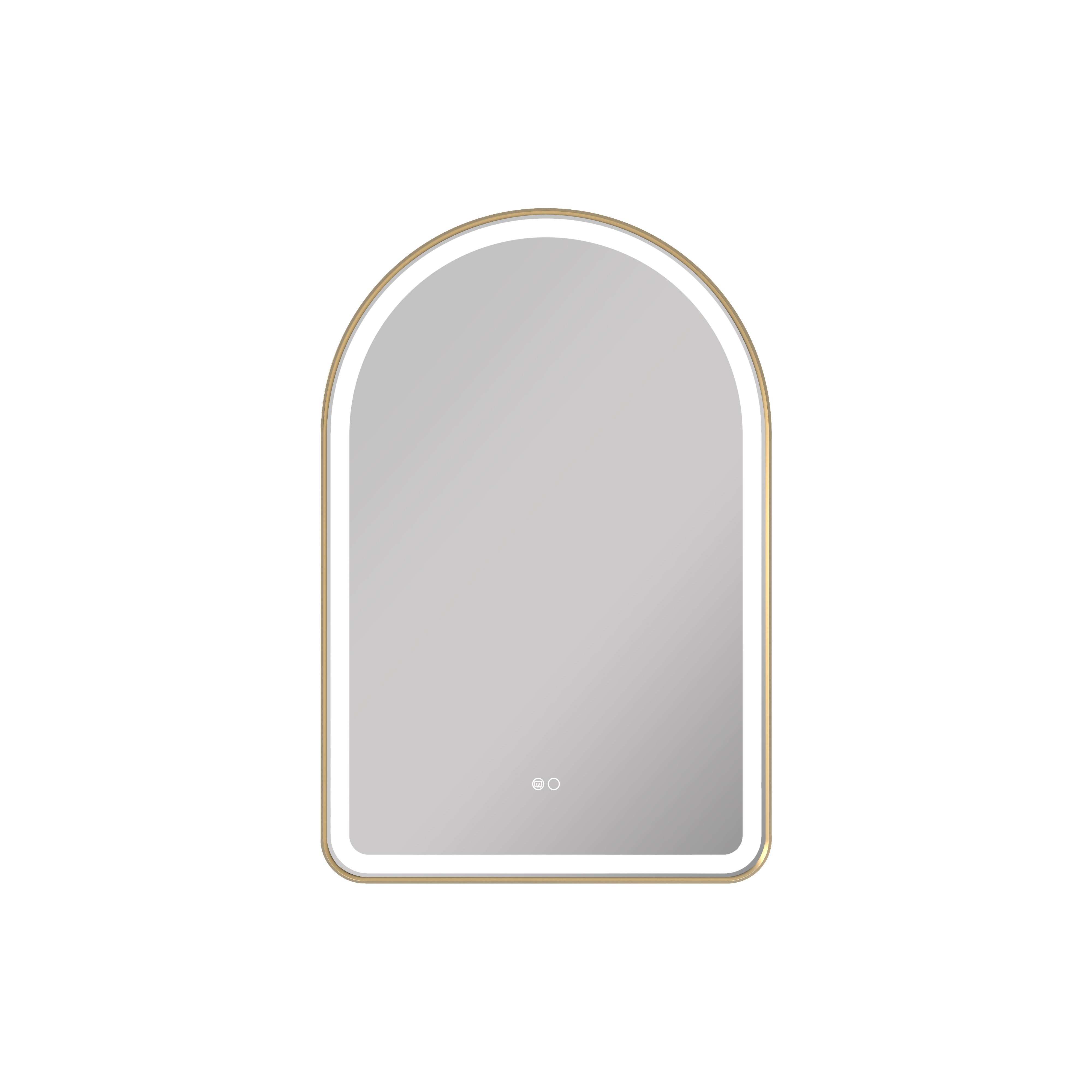
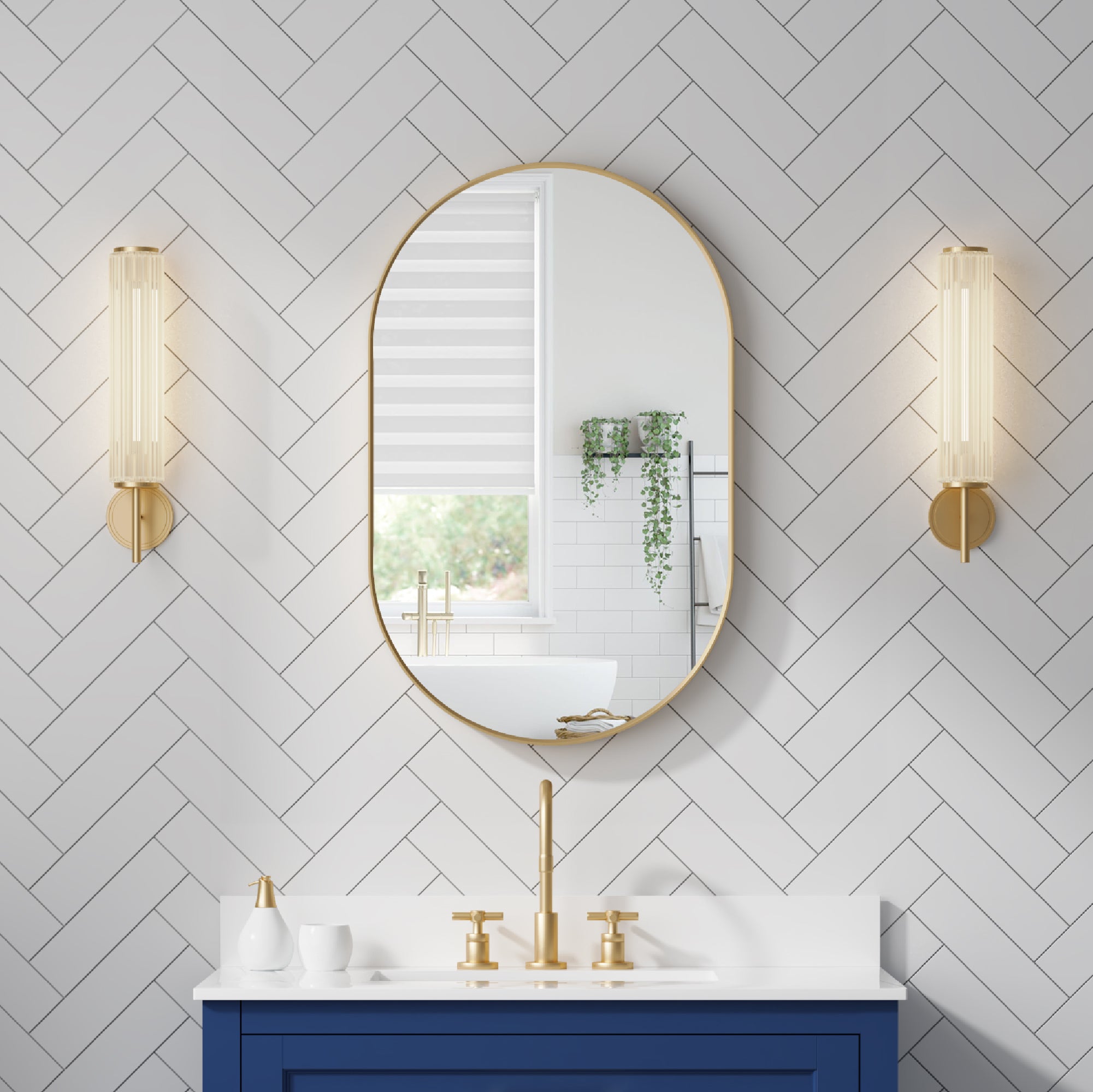
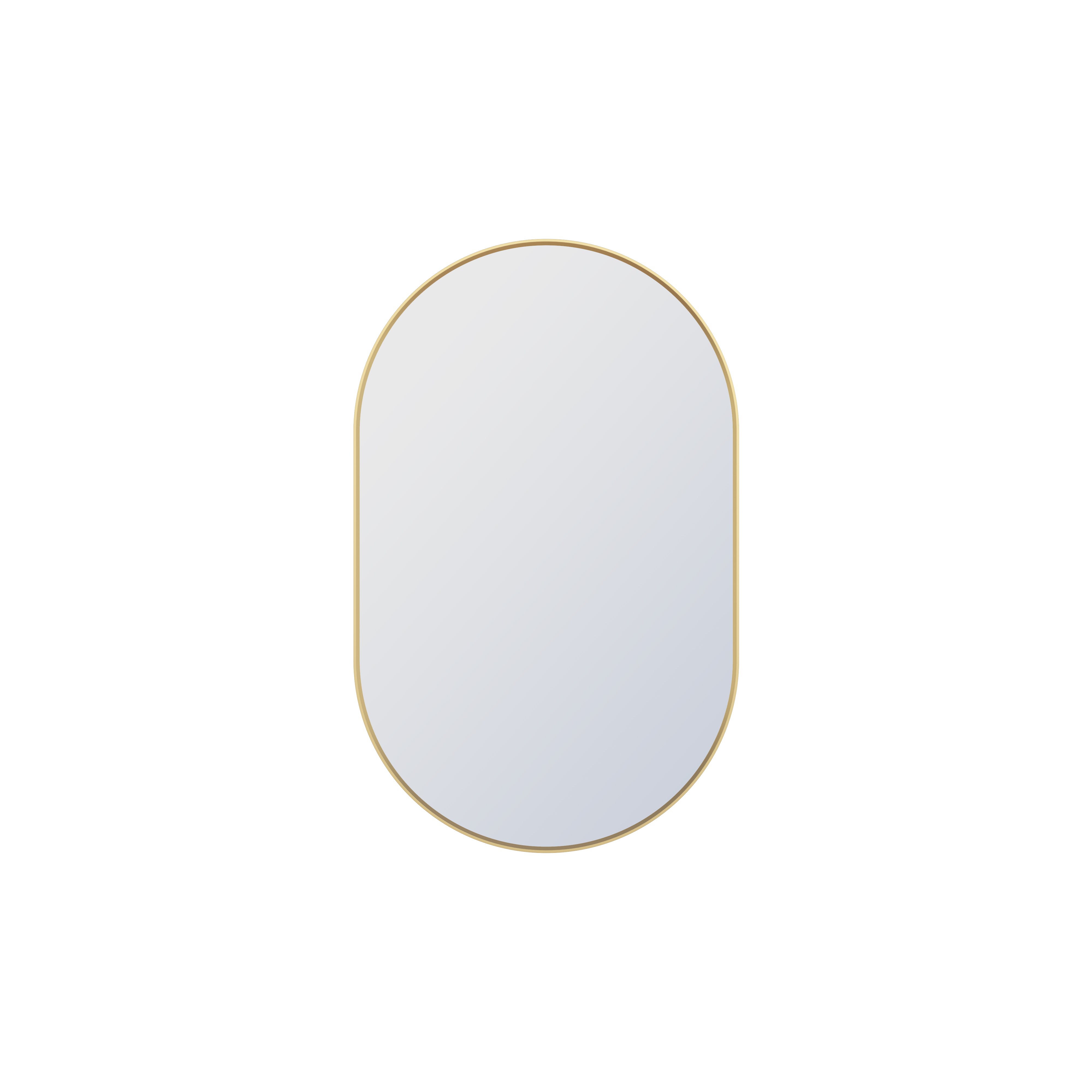


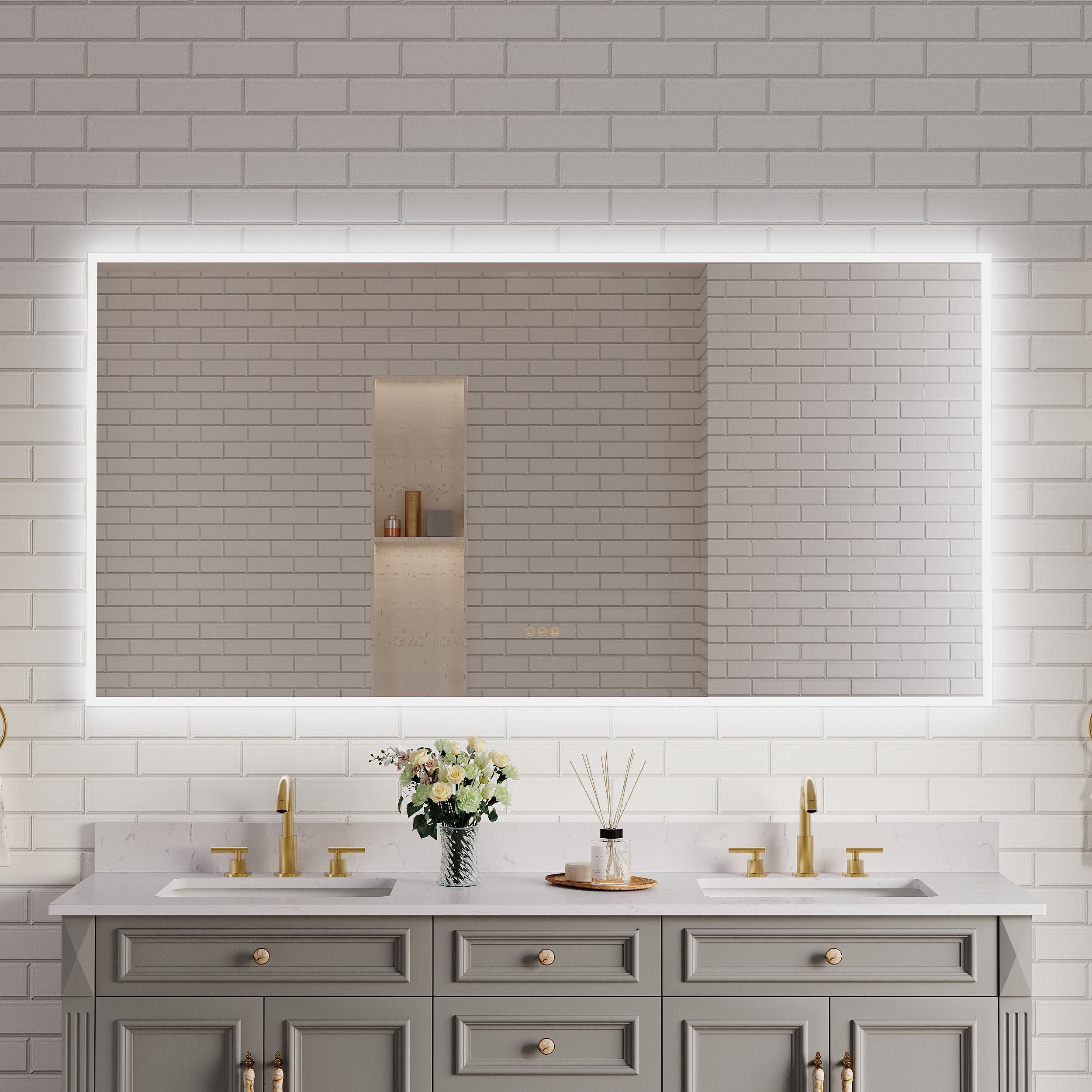





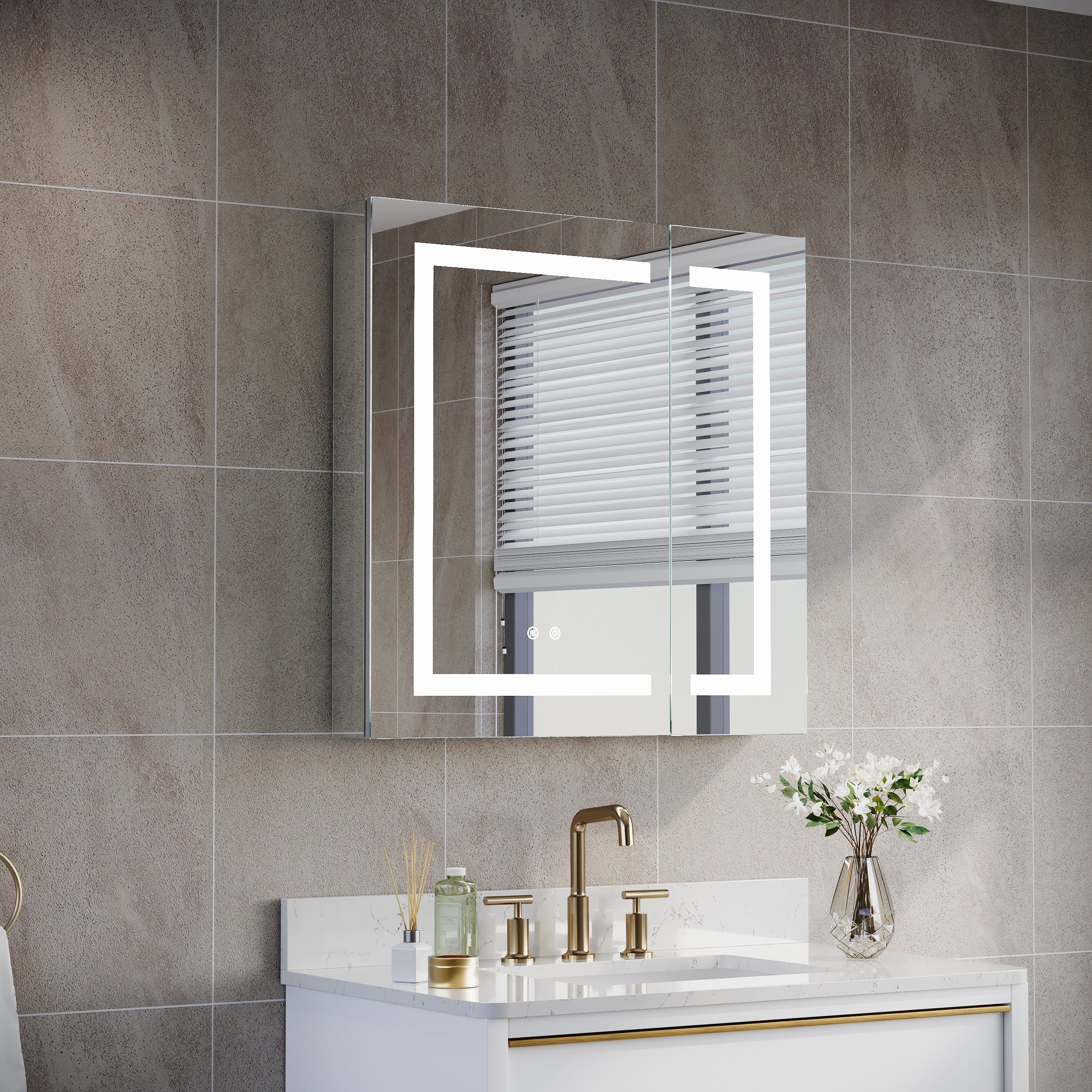
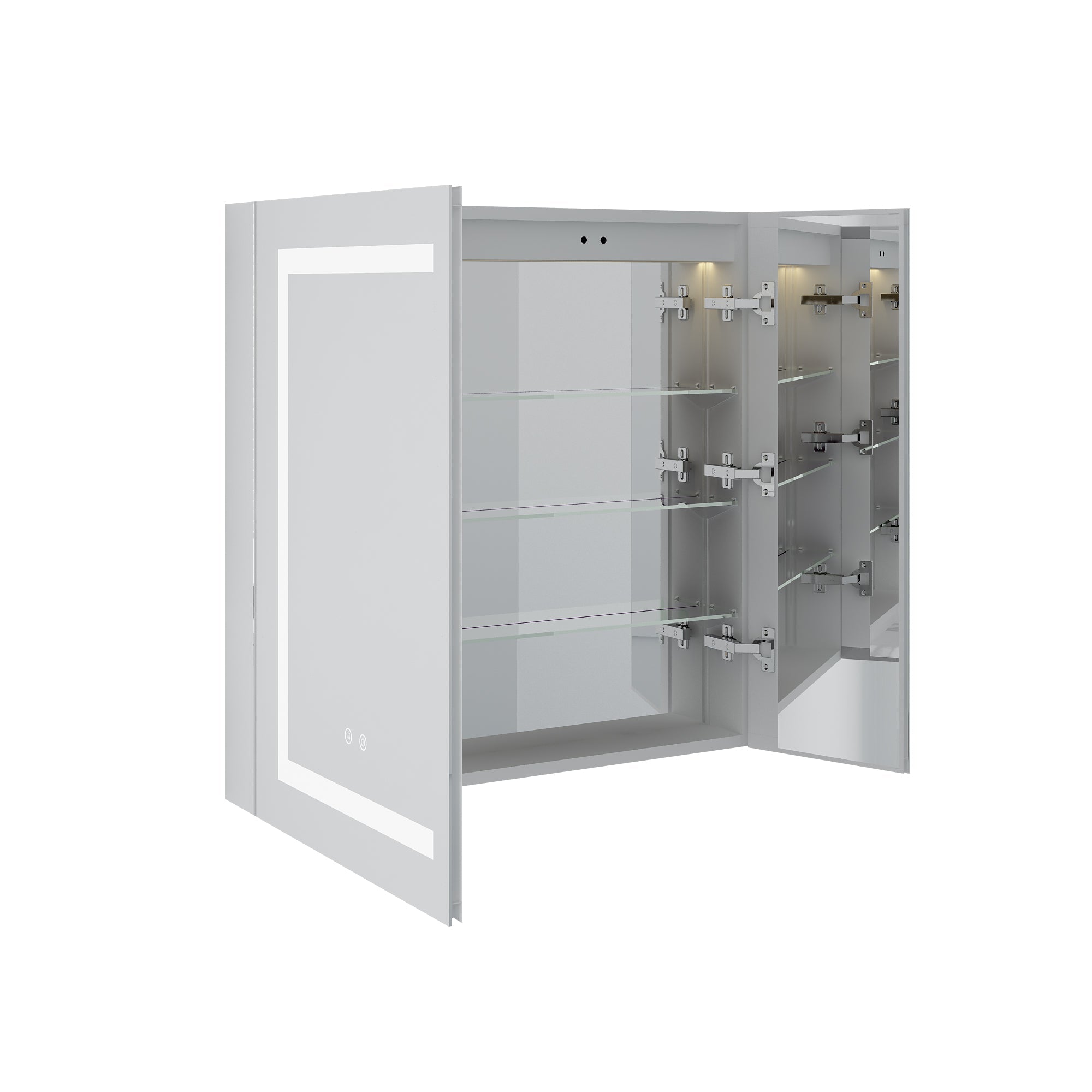




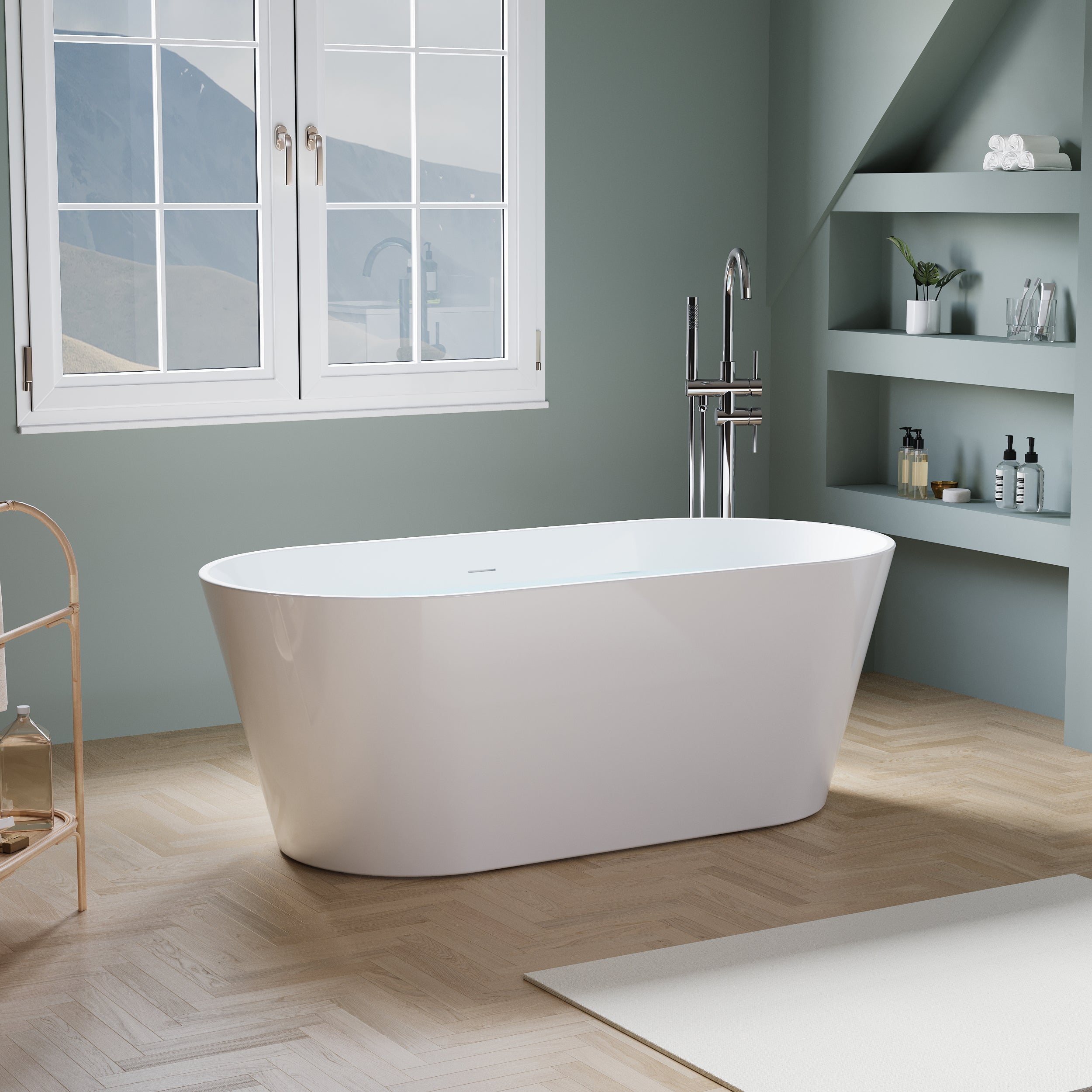
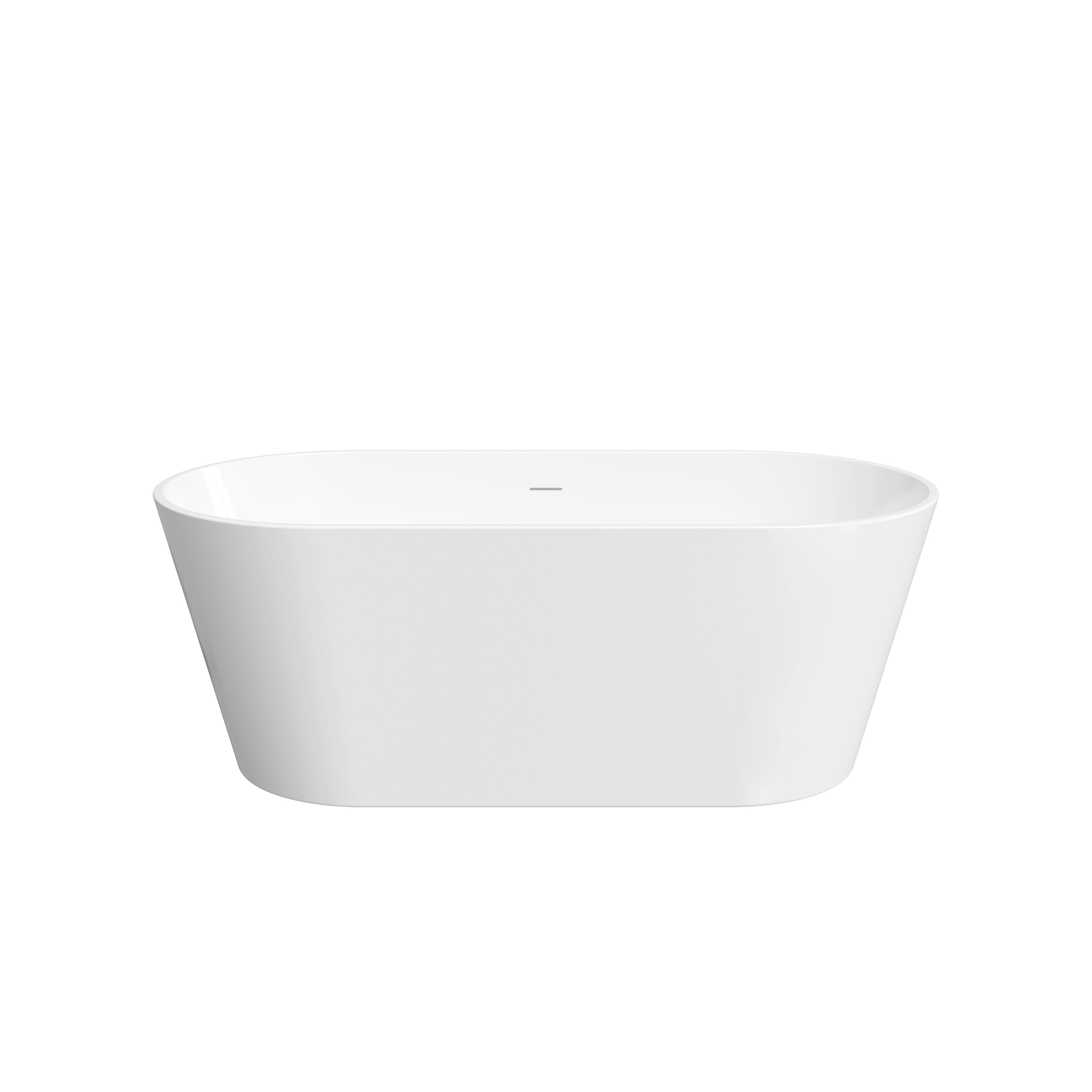


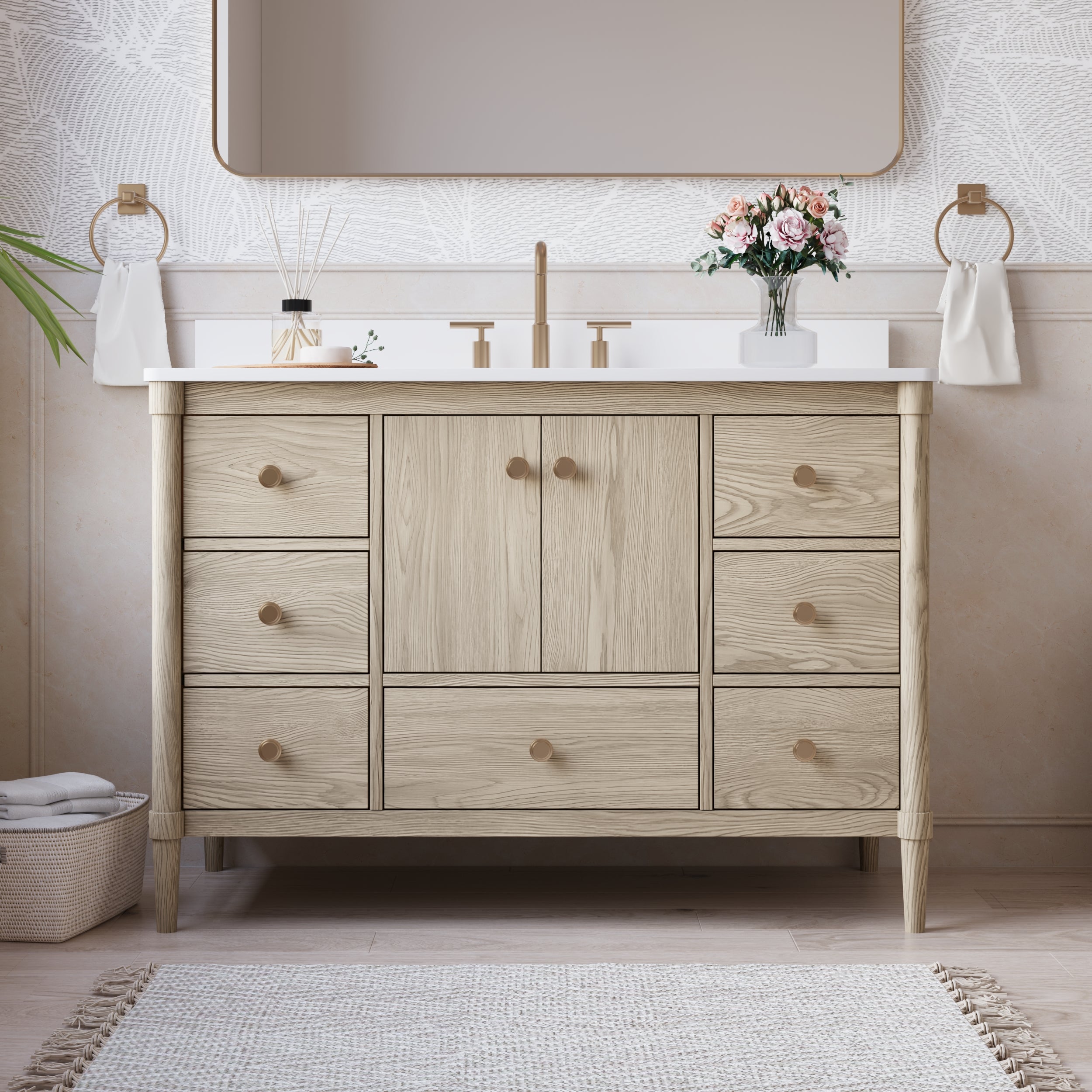
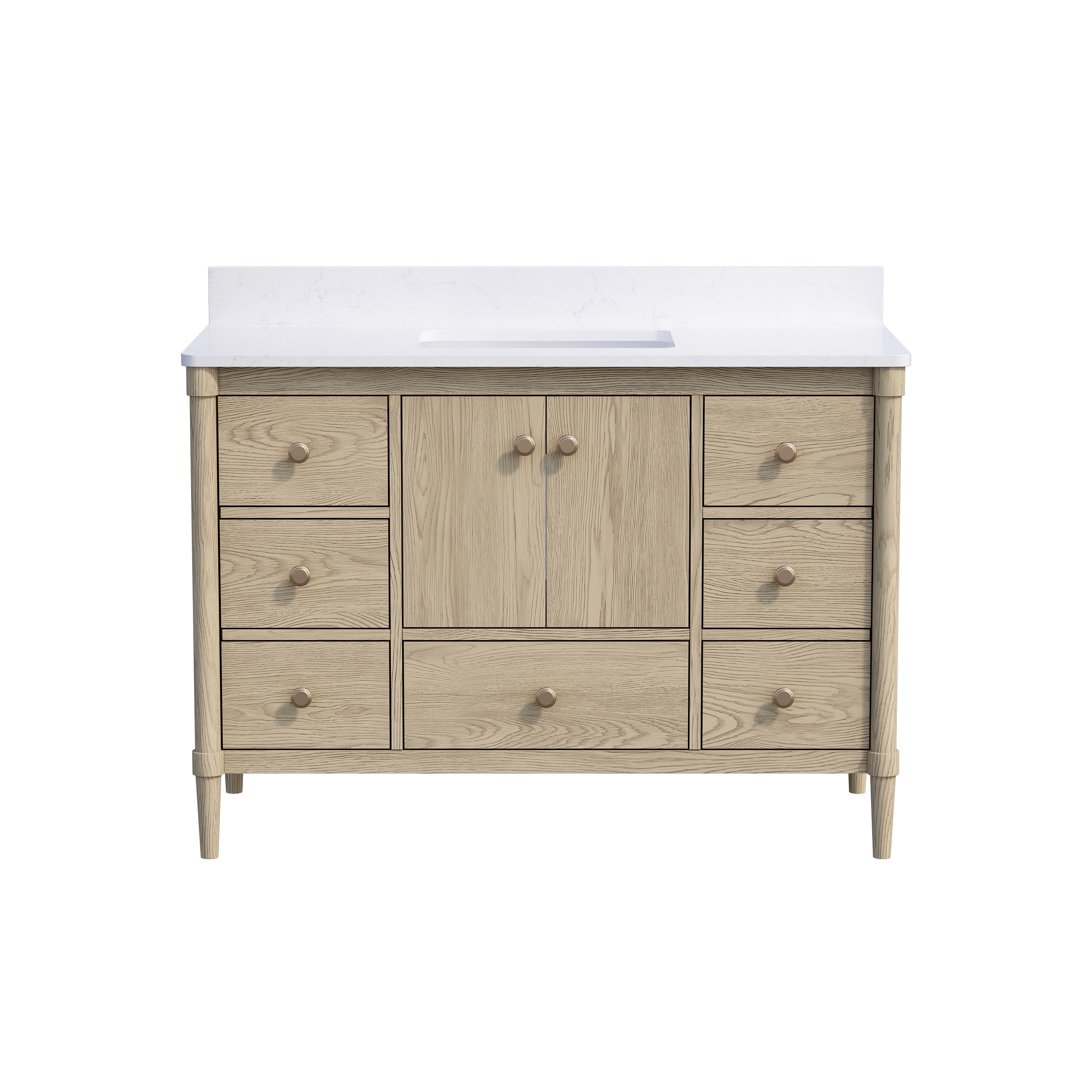
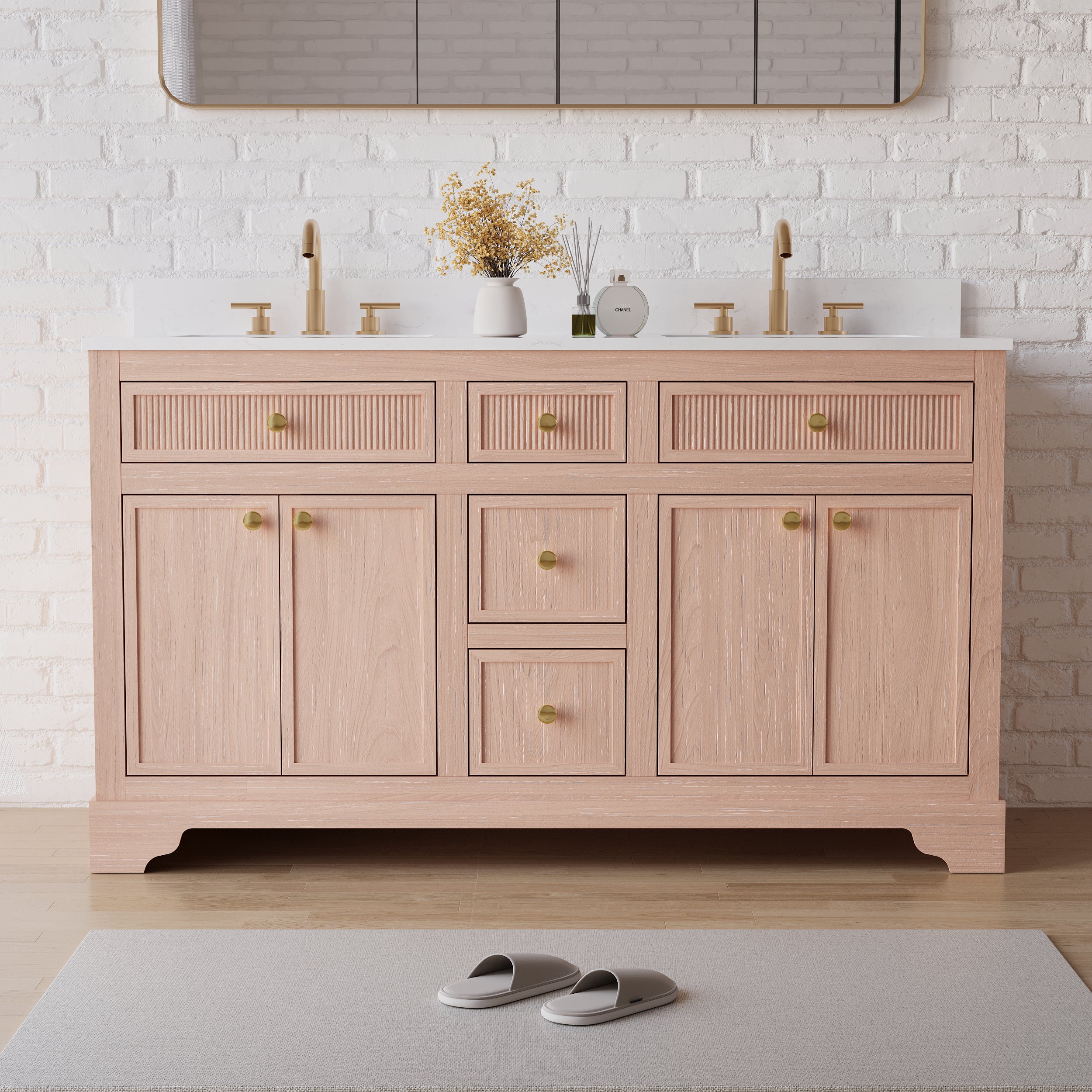
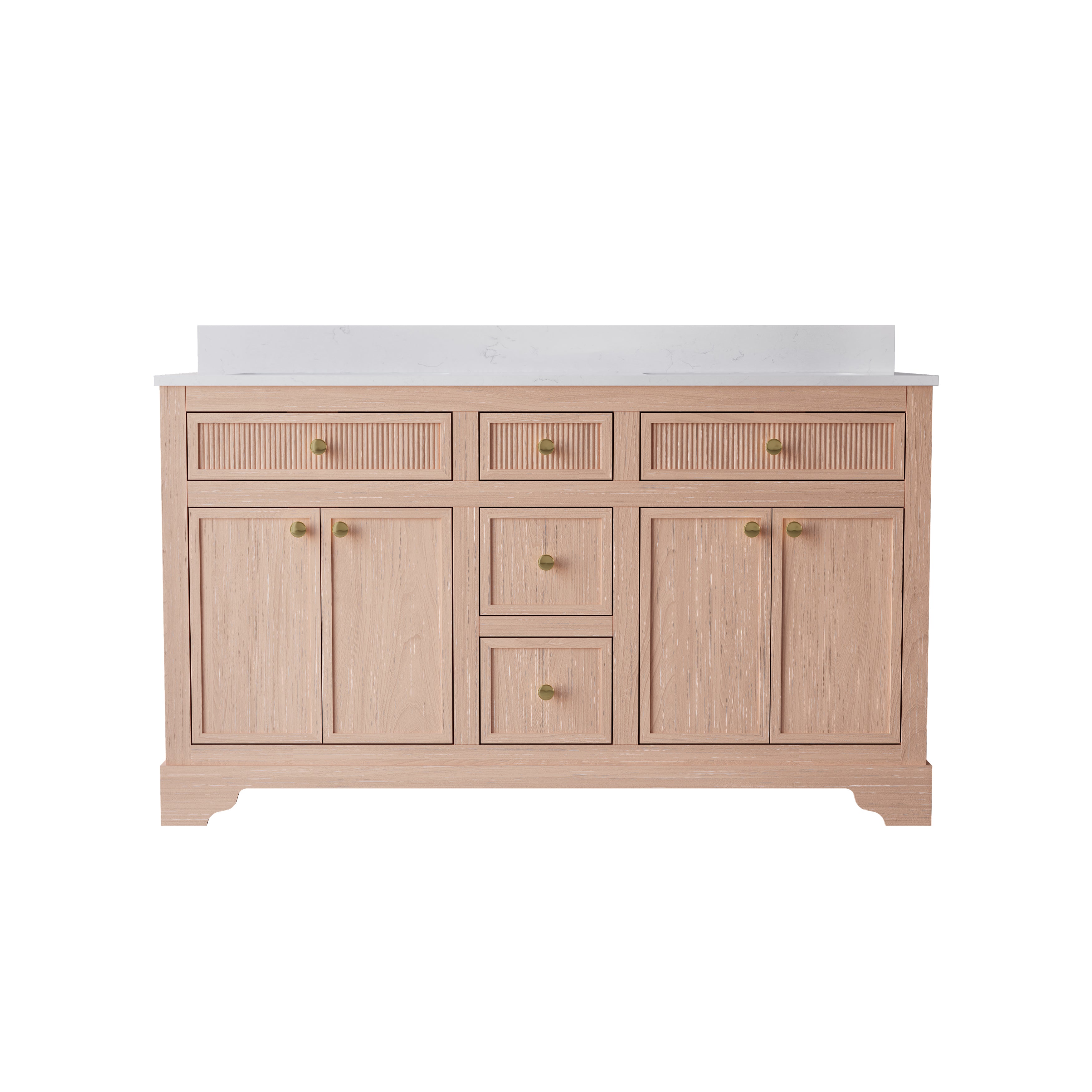
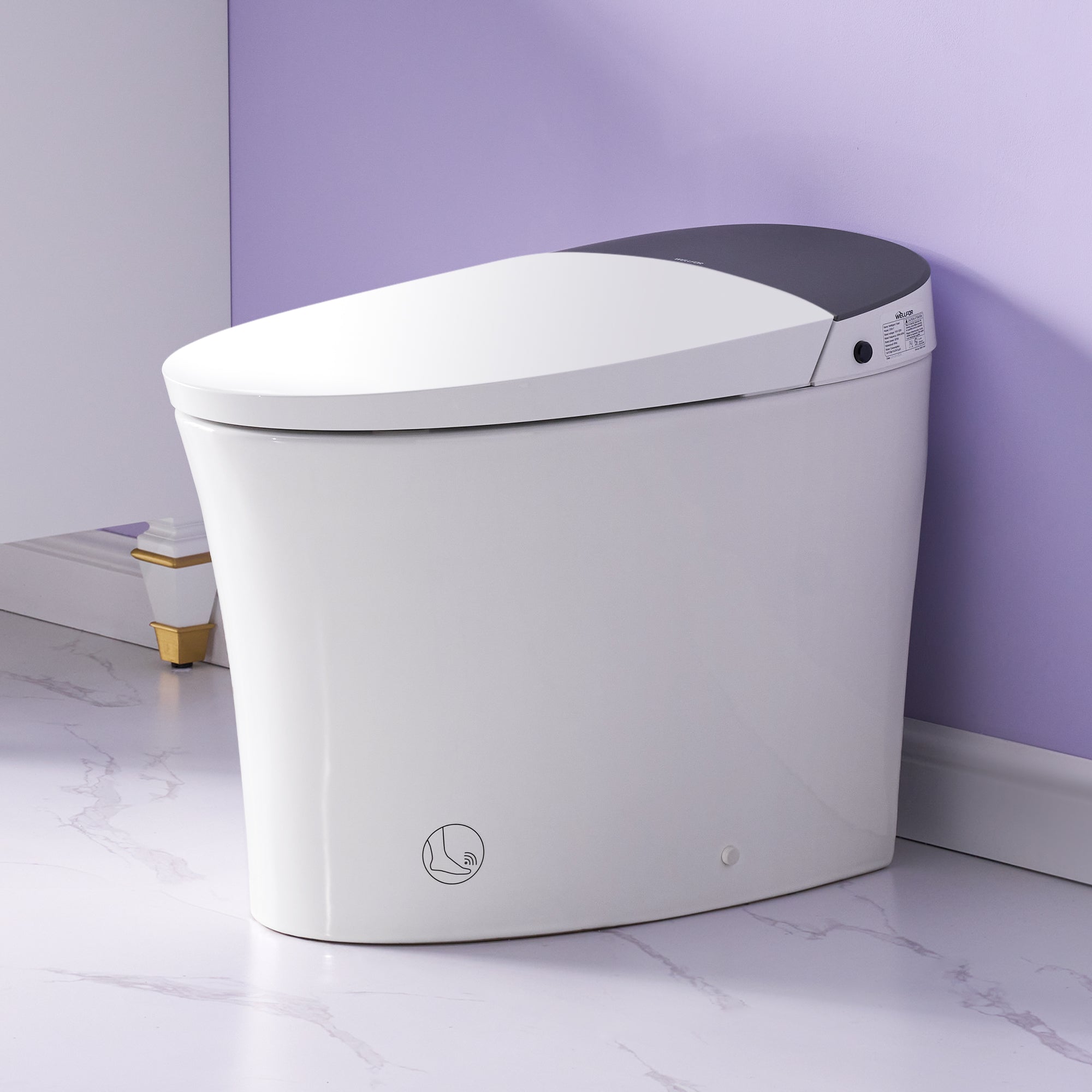
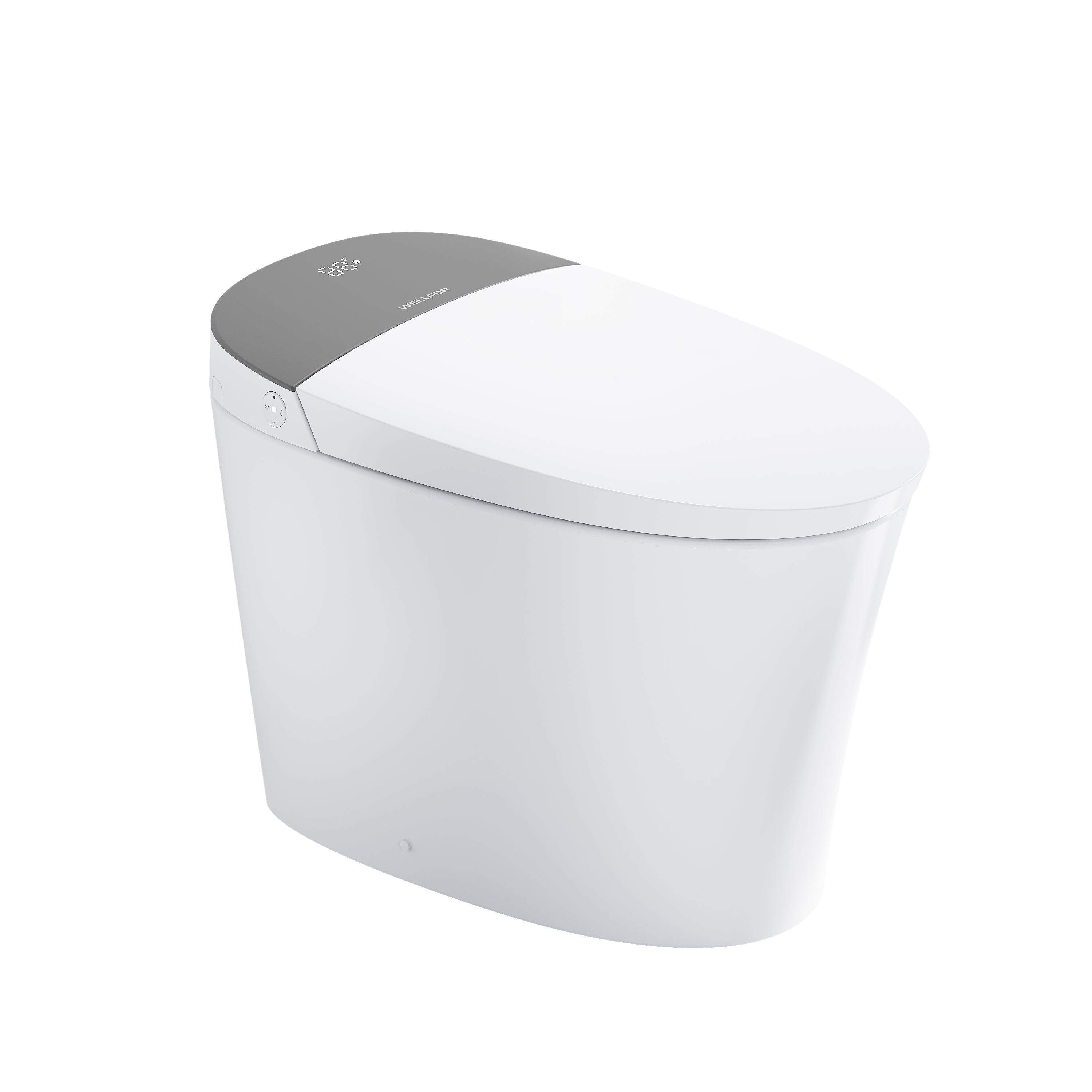
Leave a comment
This site is protected by hCaptcha and the hCaptcha Privacy Policy and Terms of Service apply.